Handbook of the Mammals of the WorldVolume 3: Primates
$204.80
Illustrator
In stock
$204.80
Weight
4.57 kg
Size
24 × 31 cm
Language
English
Format
Hardback
Pages
952
Publishing date
March 2013
Published by
Lynx Edicions
Description
Everybody knows that we are members of the mammalian Order Primates, but ask somebody to name some of our cousins and they would at best come up with five or six of the most widely known. This, the third volume of HMW, counts more than 470 of them: 138 species of prosimians—the lemurs, lorises, pottos and tarsiers in Africa and Asia; 156 species of monkeys in the New World tropics; another 158 monkeys in the Old World tropics; and 25 apes, 19 of them gibbons along with six chimpanzees, gorillas and orangutans. Much of this extraordinary diversity has been discovered only in the past two decades. In the 1980s the count was 180 species. Now we know so much more of their diversity, and this volume of HMW presents them in all their remarkable variety of shapes, sizes, colors, habits and specializations.
Find out more about the contents of Volume 3 by reading the introduction.
| Families in covered in this volume are | |
| Family Cheirogaleidae (Mouse, Giant Mouse, Dwarf and Fork-marked Lemurs) | Christoph Schwitzer, Russell A. Mittermeier, Edward E. Louis Jr & Matthew C. Richardson |
| Family Lepilemuridae (Sportive Lemurs) | Christoph Schwitzer, Russell A. Mittermeier, Edward E. Louis Jr & Matthew C. Richardson |
| Family Lemuridae (Bamboo, True and Ruffed Lemurs) | Christoph Schwitzer, Russell A. Mittermeier, Edward E. Louis Jr & Matthew C. Richardson |
| Family Indriidae (Woolly Lemurs, Sifakas and Indri) | Russell A. Mittermeier, Christoph Schwitzer, Edward E. Louis Jr & Matthew C. Richardson |
| Family Daubentoniidae (Aye-aye) | Christoph Schwitzer, Russell A. Mittermeier, Edward E. Louis Jr & Matthew C. Richardson |
| Family Galagidae (Galagos) | K. Anne-Isola Nekaris |
| Family Lorisidae (Angwantibos, Pottos and Lorises) | K. Anne-Isola Nekaris |
| Family Tarsiidae (Tarsiers) | Myron Shekelle, Sharon Gursky-Doyen & Matthew C. Richardson |
| Family Callitrichidae (Marmosets and Tamarins) | Anthony B. Rylands & Russell A. Mittermeier |
| Family Cebidae (Squirrel Monkeys and Capuchins) | Anthony B. Rylands, Russell A. Mittermeier, Bruna M. Bezerra, Fernanda P. Paim & Helder L. Queiroz |
| Family Aotidae (Night Monkeys) | Eduardo Fernandez-Duque, Margaret K. Corley & Andrea Spence-Aizenberg |
| Family Pitheciidae (Titis, Sakis and Uacaris) | Stephen F. Ferrari, Liza M. Veiga†, Liliam P. Pinto, Laura K. Marsh, Russell A. Mittermeier & Anthony B. Rylands |
| Family Atelidae (Howlers, Spider and Woolly Monkeys and Muriquis) | Anthony B. Rylands, Russell A. Mittermeier, Fanny M. Cornejo, Thomas R. Defler, Kenneth E. Glander, William R. Konstant, Liliam P. Pinto & Maurício Talebi |
| Family Cercopithecidae (Old World Monkeys) | Dietmar Zinner, Gisela H. Fickenscher, Christian Roos, Martina V. Anandam, Elizabeth L. Bennett, Tim R. B. Davenport, Nicola J. Davies, Kate M. Detwiler, Antje Engelhardt, Ardith A. Eudey, Elizabeth L. Gadsby, Colin P. Groves, Aoife Healy, K. Praveen Karanth, Sanjay Molur, Tilo Nadler, Matthew C. Richardson, Erin P. Riley, Anthony B. Rylands, Lori K. Sheeran, Nelson Ting, Janette Wallis, Siân S. Waters & Danielle J. Whittaker |
| Family Hylobatidae (Gibbons) | David J. Chivers, Martina V. Anandam, Colin P. Groves, Sanjay Molur, Benjamin M. Rawson, Matthew C. Richardson, Christian Roos & Danielle Whittaker |
| Family Hominidae (Great Apes) | Elizabeth A. Williamson, Fiona G. Maisels, Colin P. Groves, Barbara I. Fruth, Tatyana Humle, F. Blake Morton, Matthew C. Richardson, Anne E. Russon & Ian Singleton |
- 57 colour plates
- 716 colour photographs
- 495 distribution maps
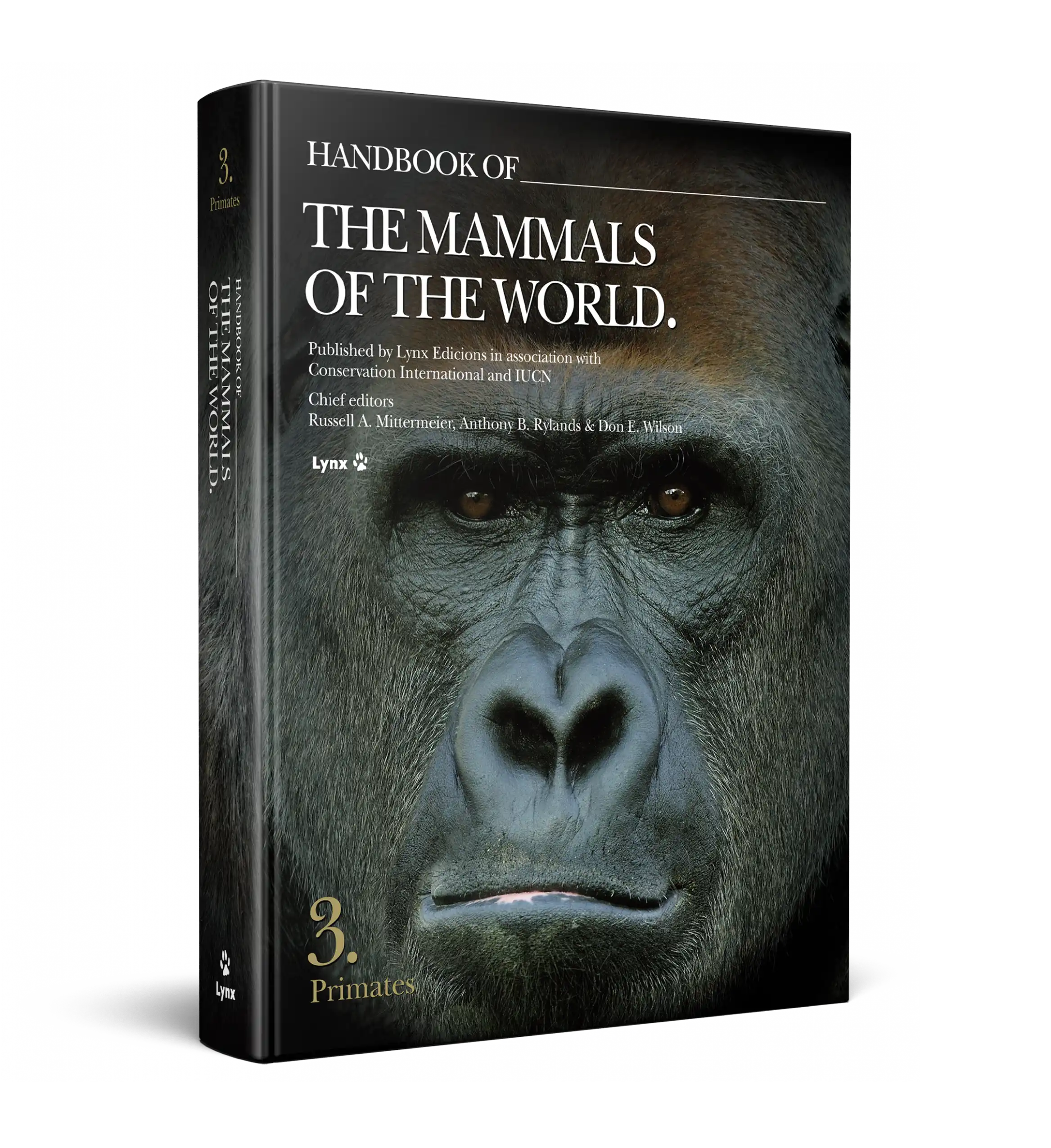
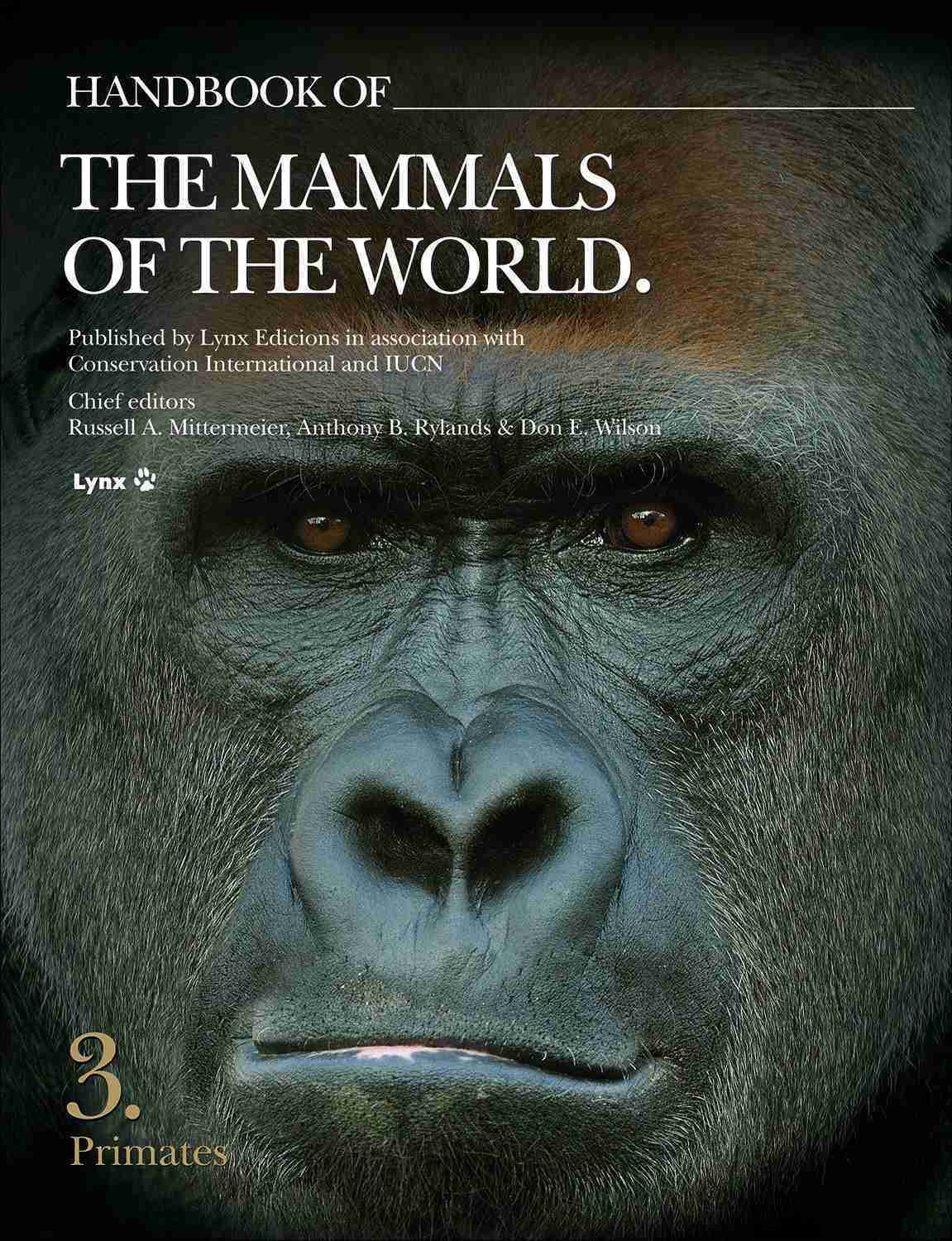
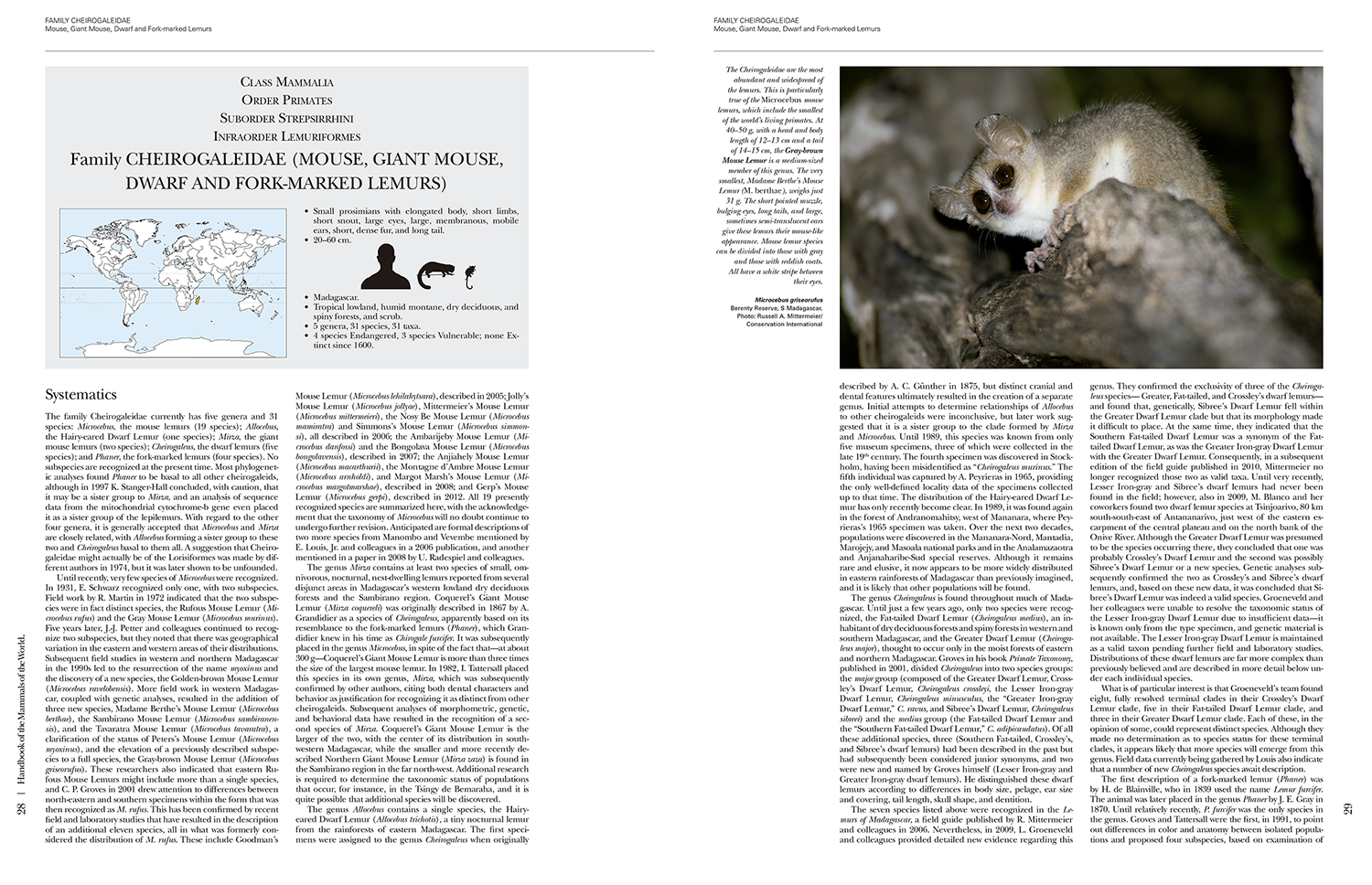
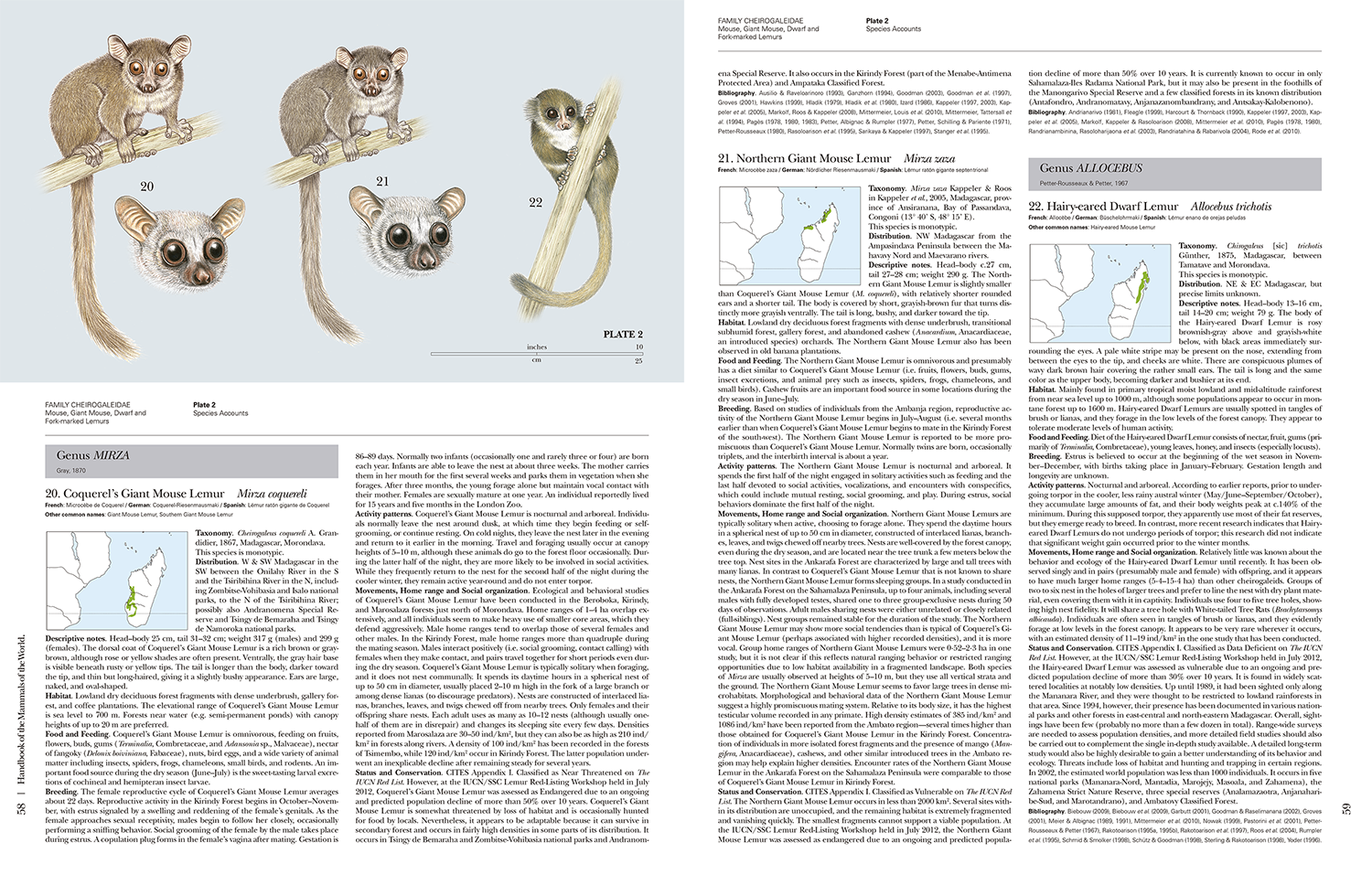
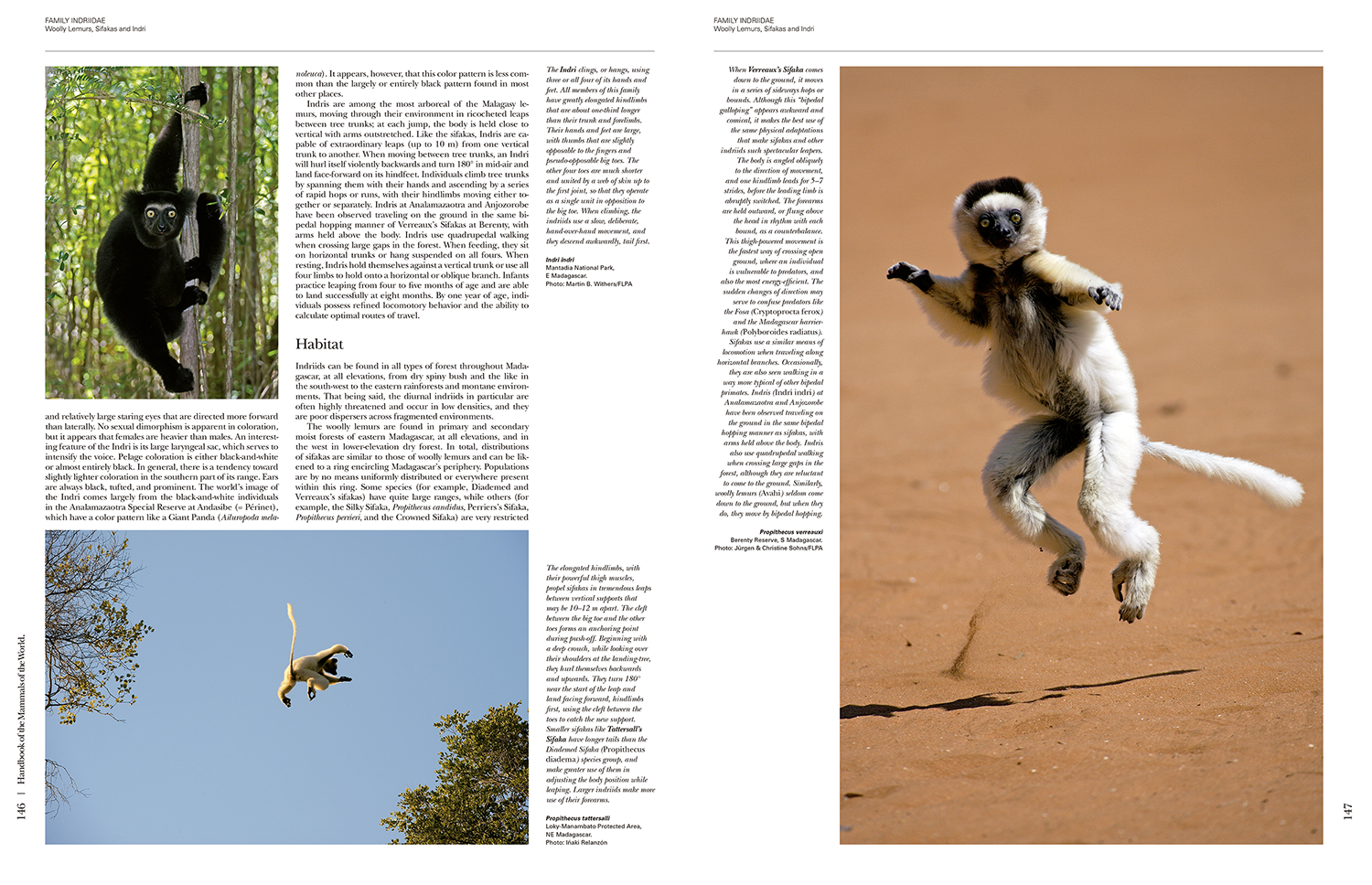
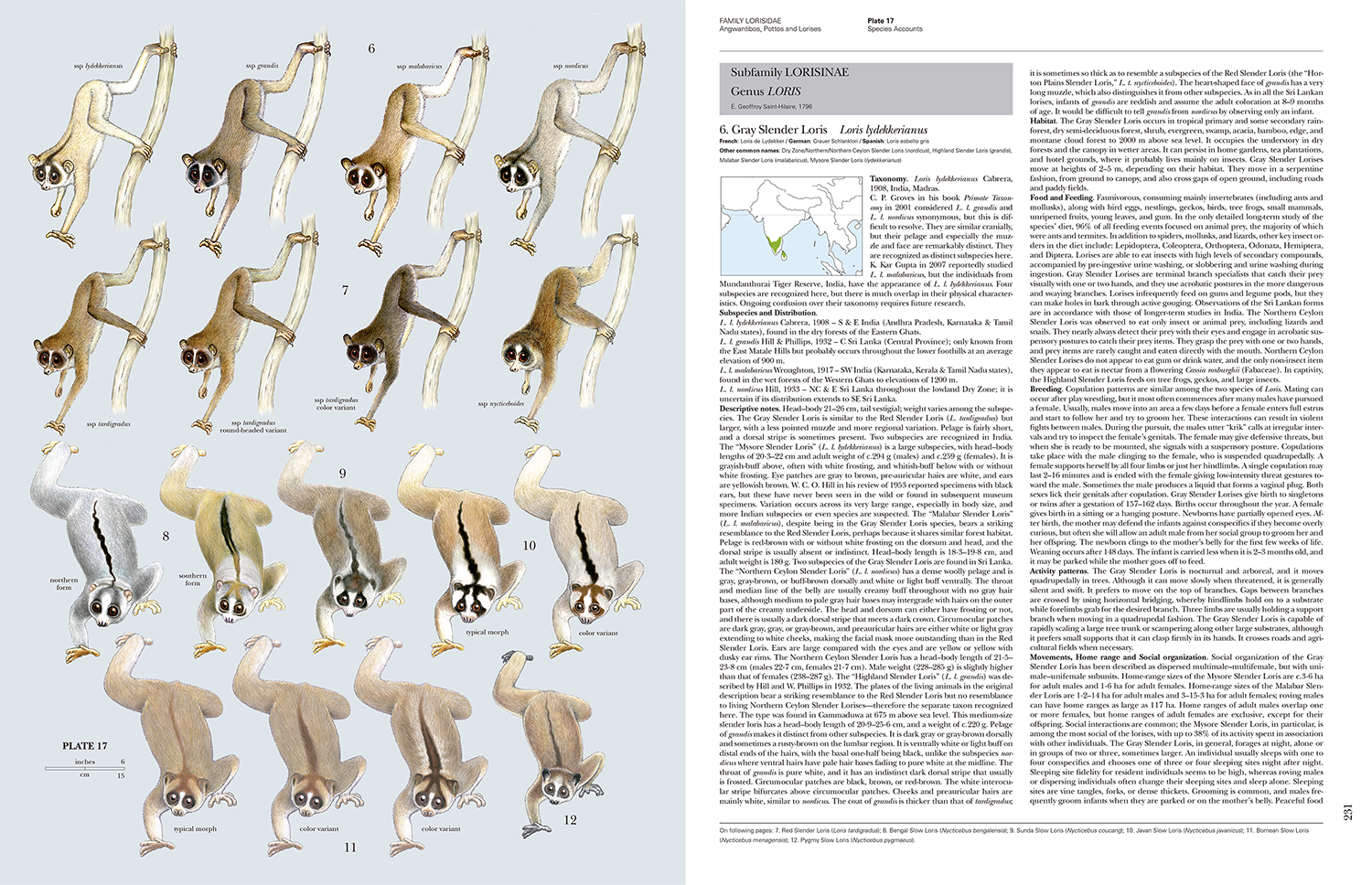
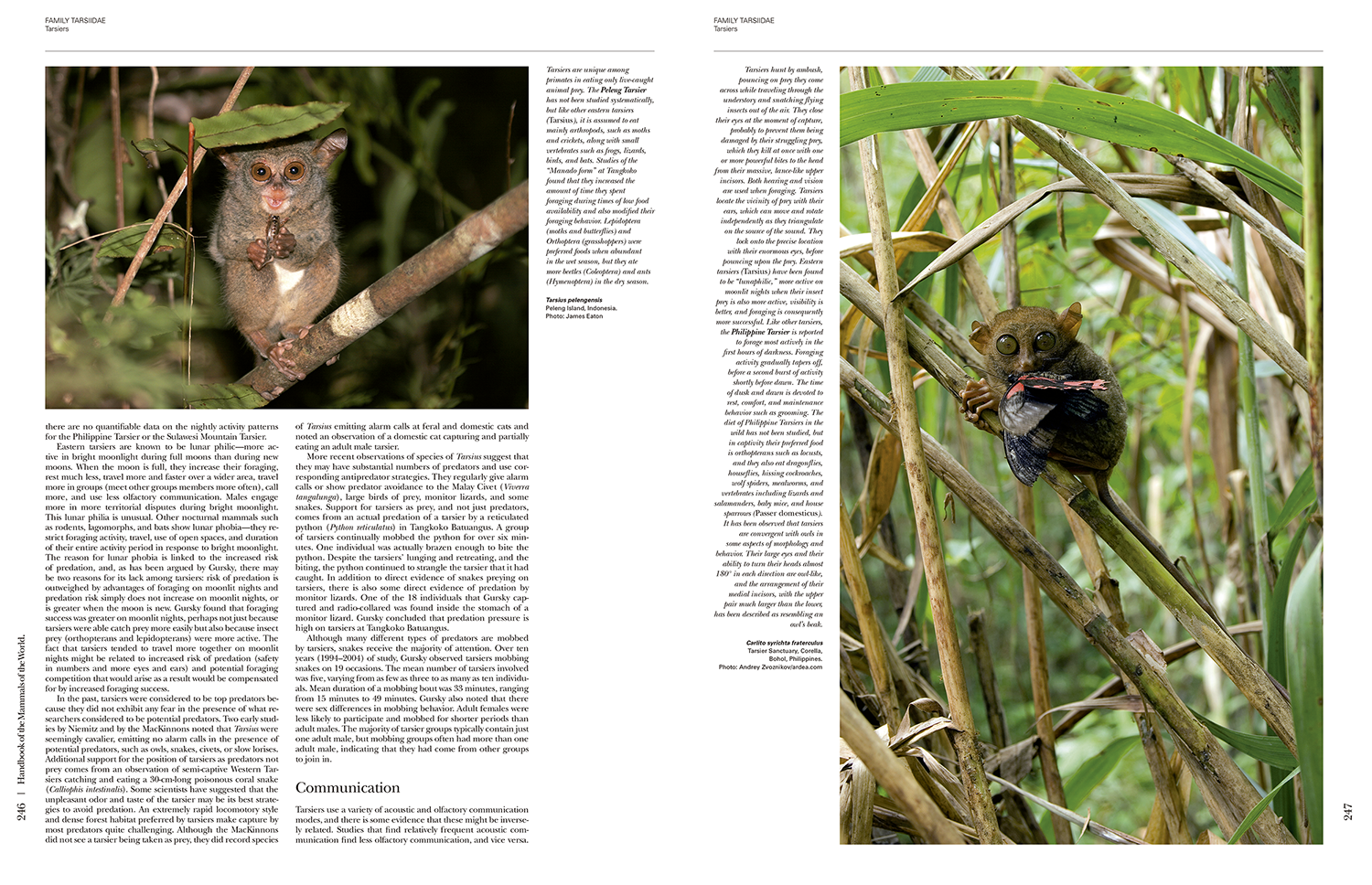
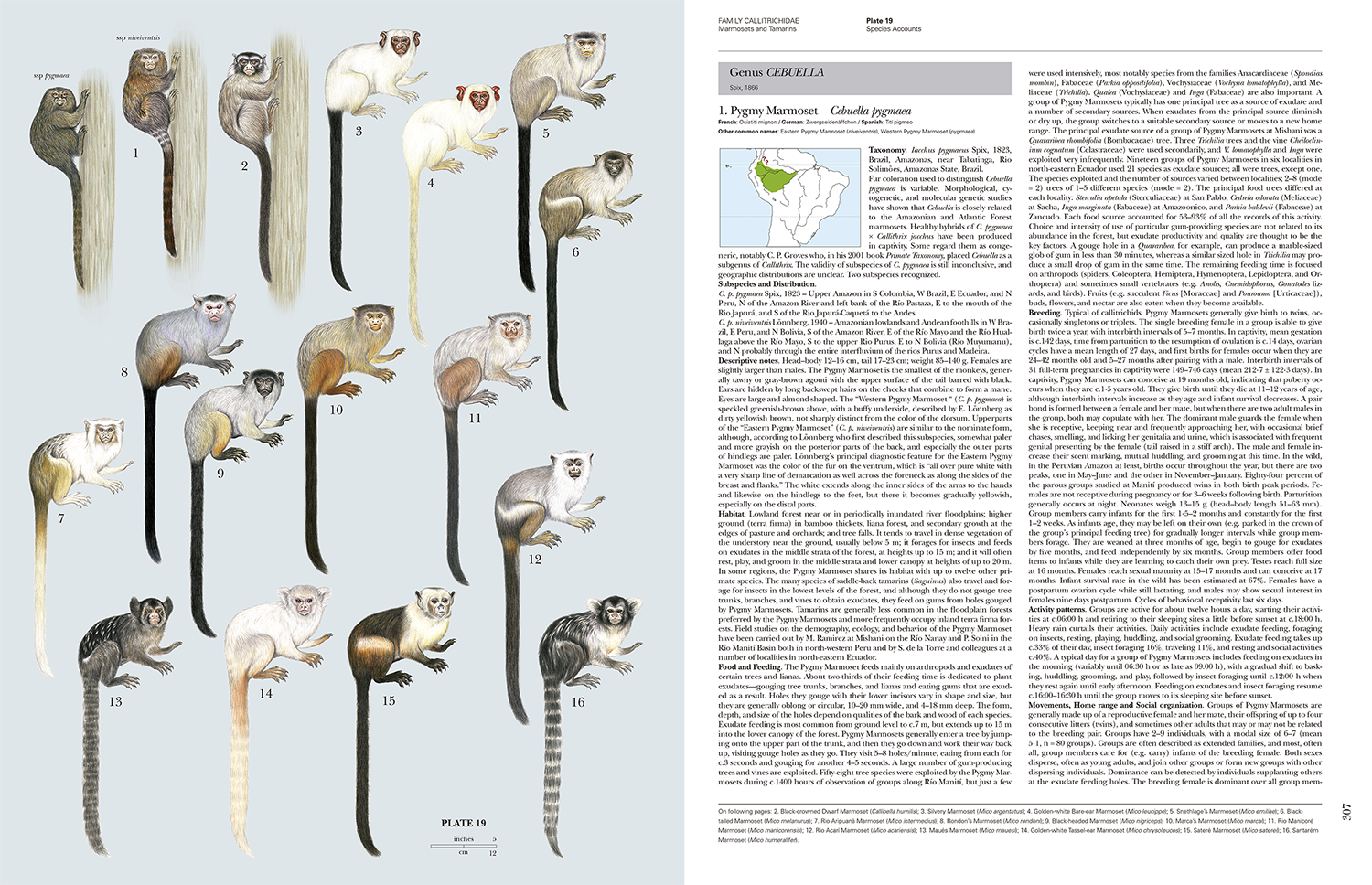
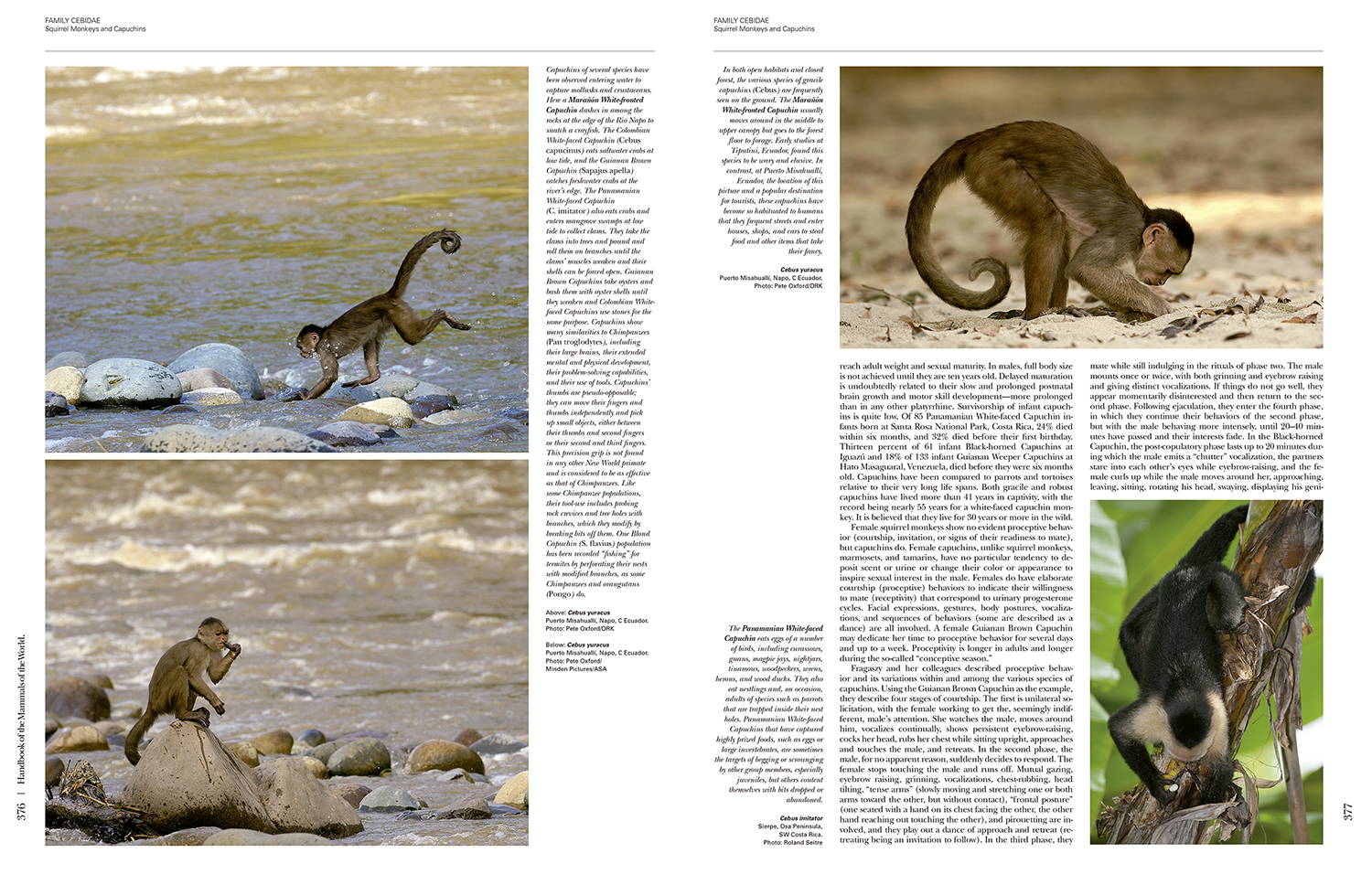
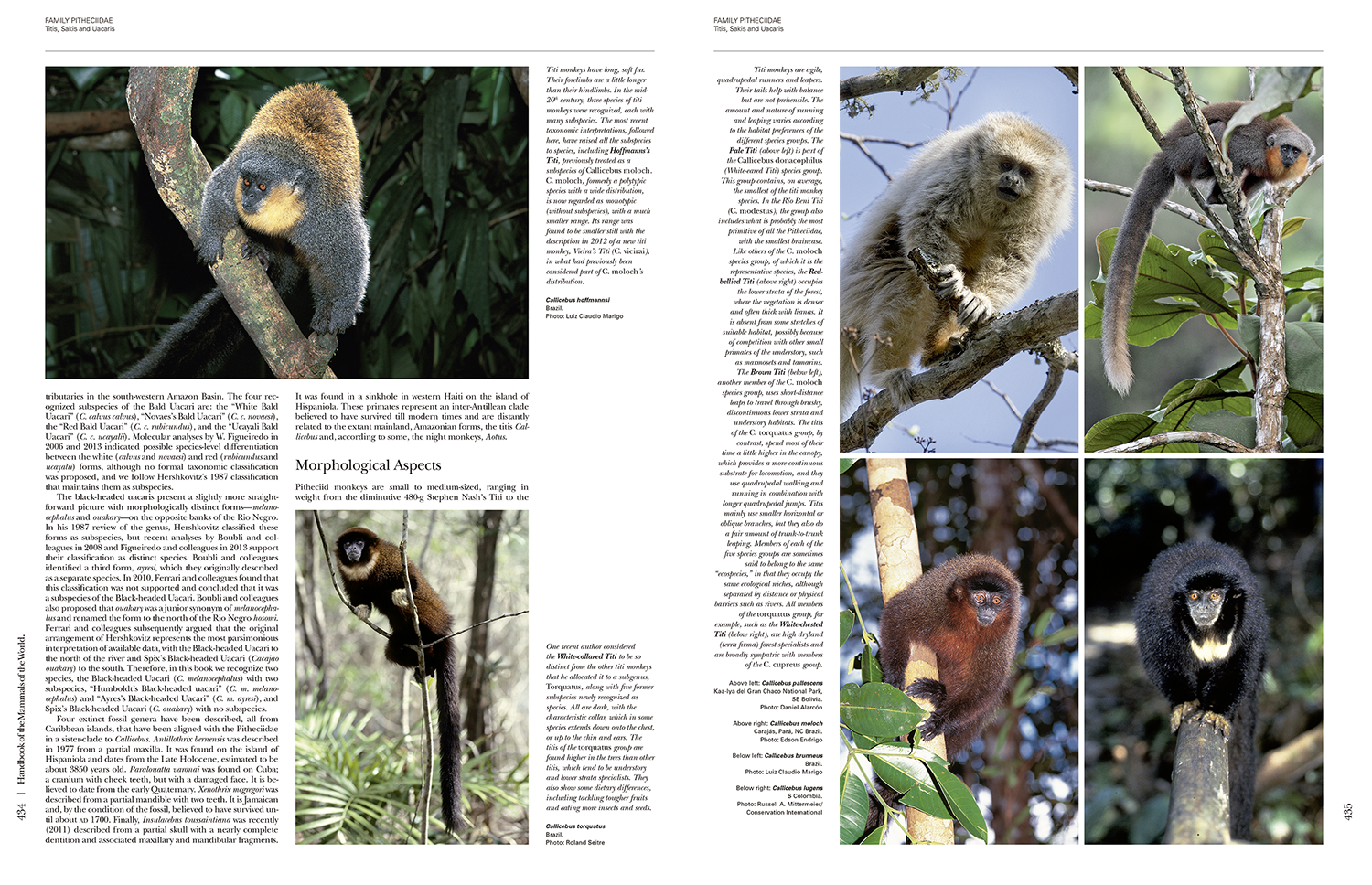
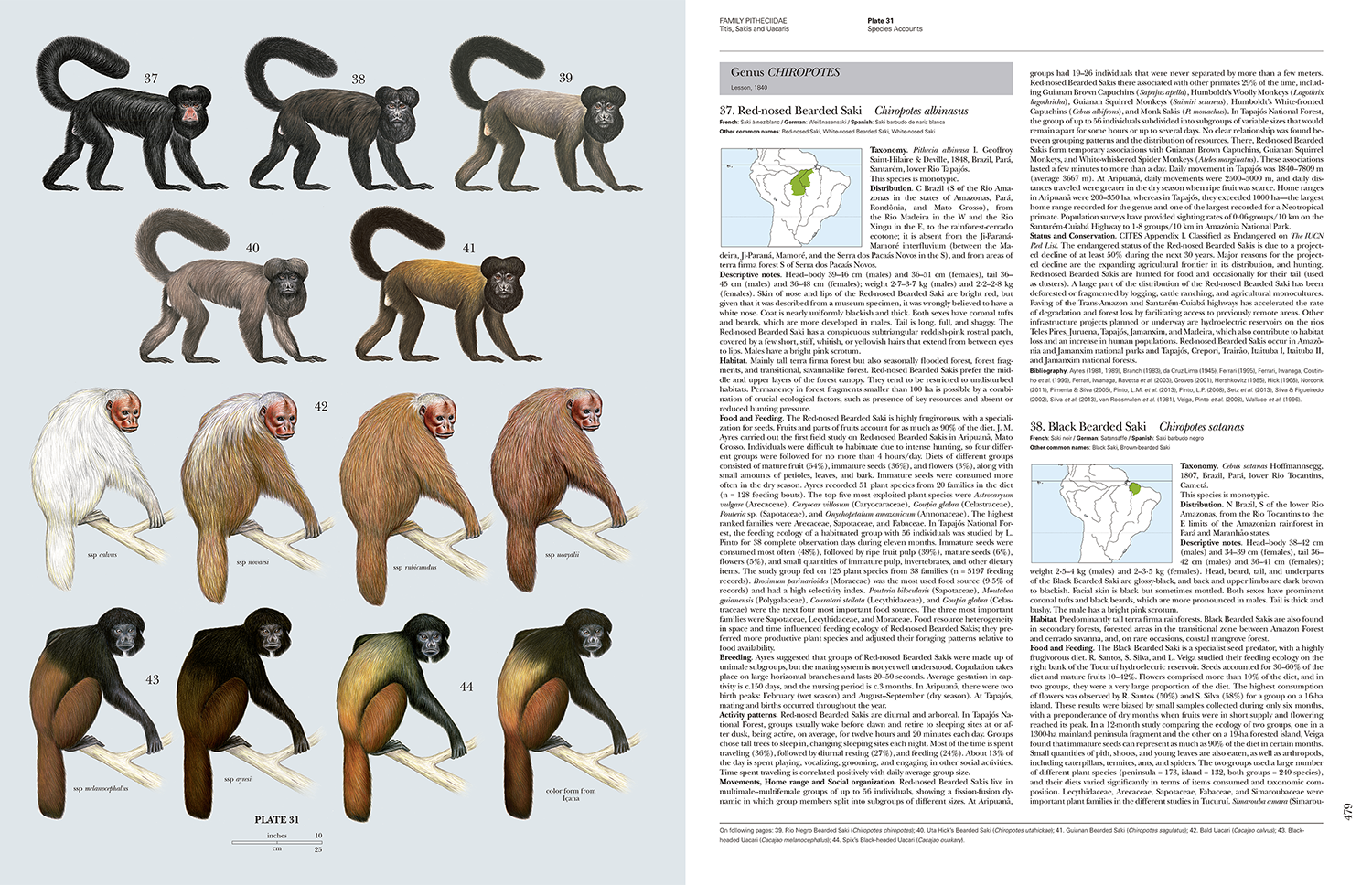
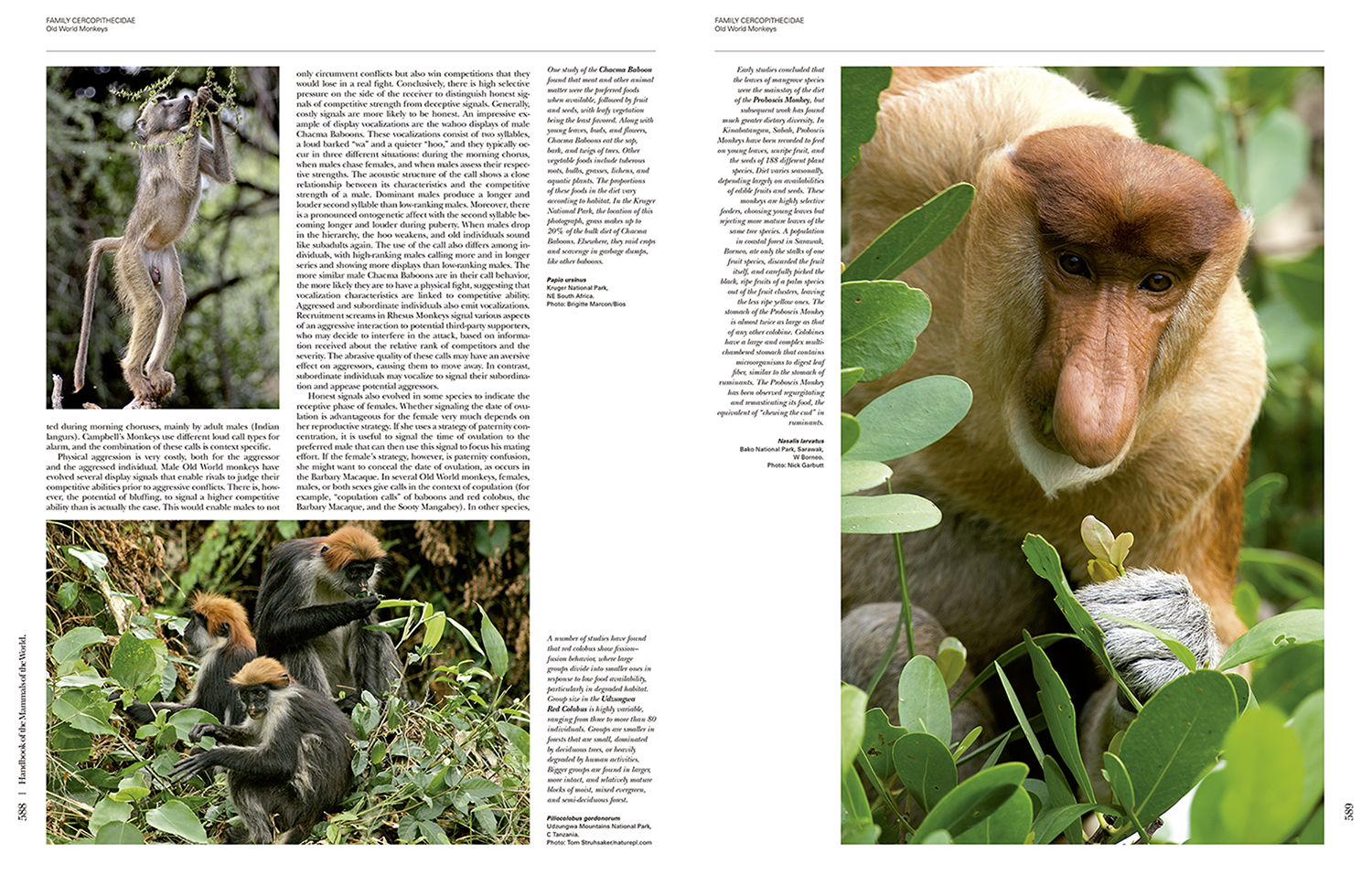
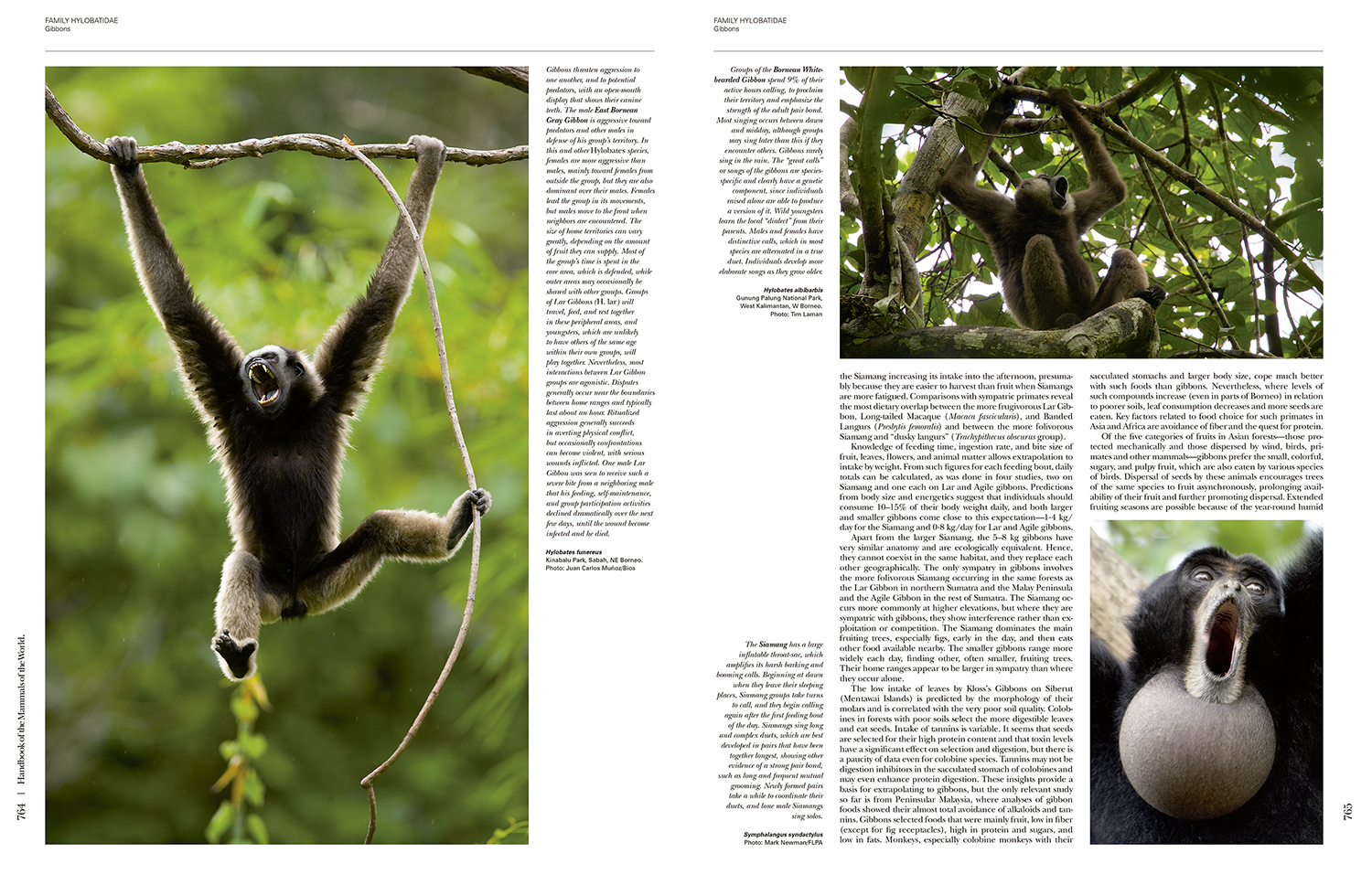
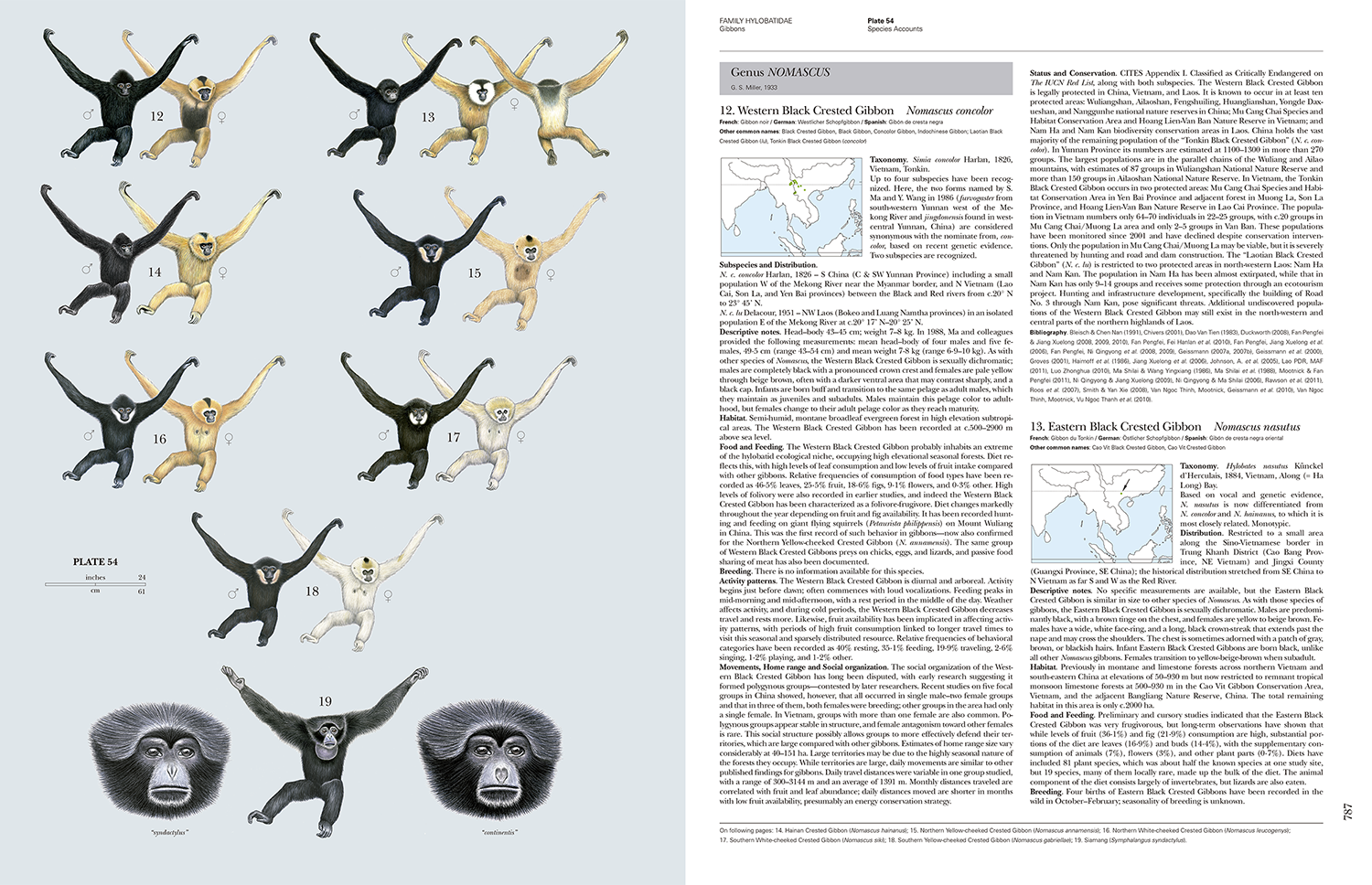
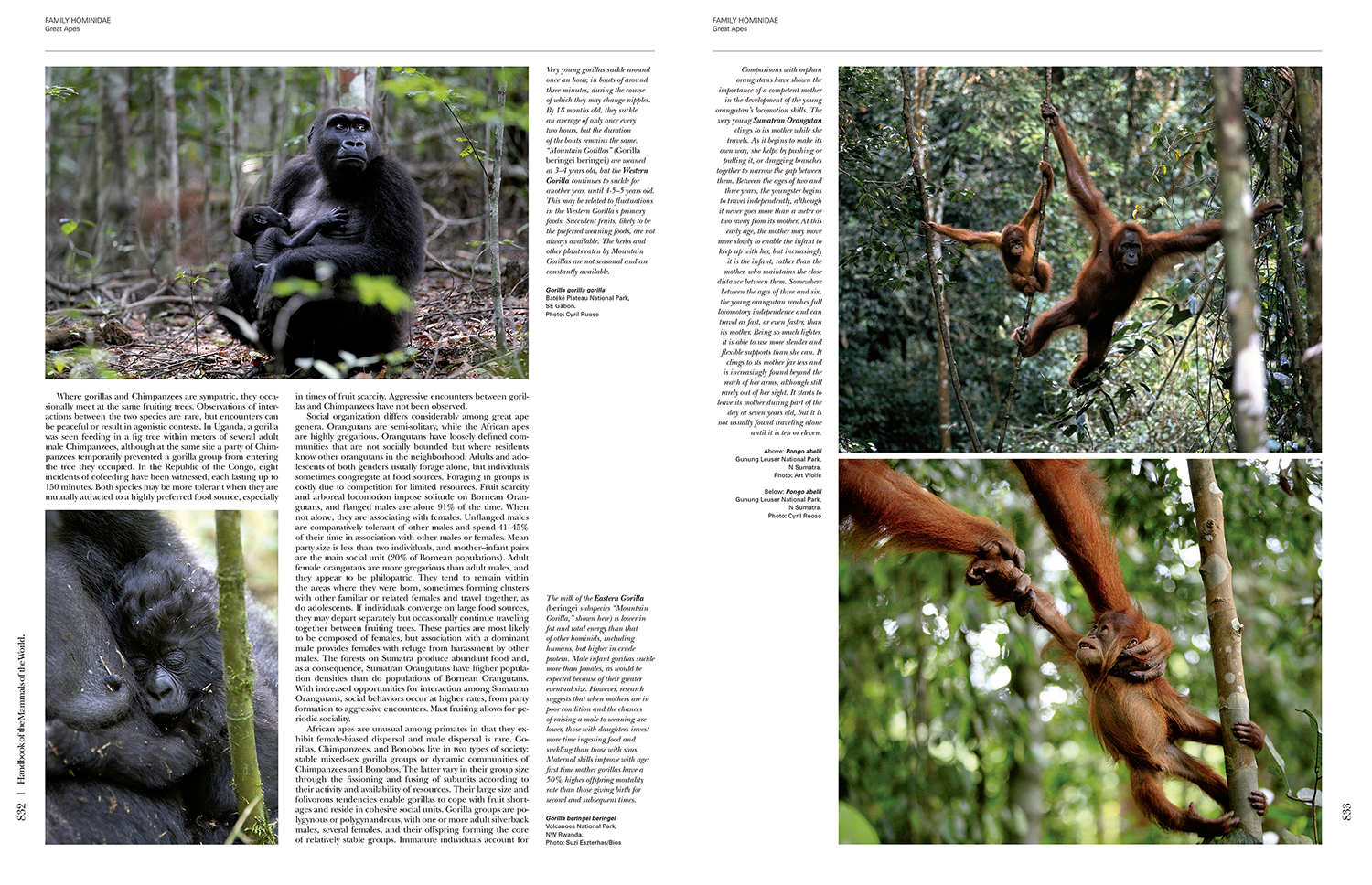

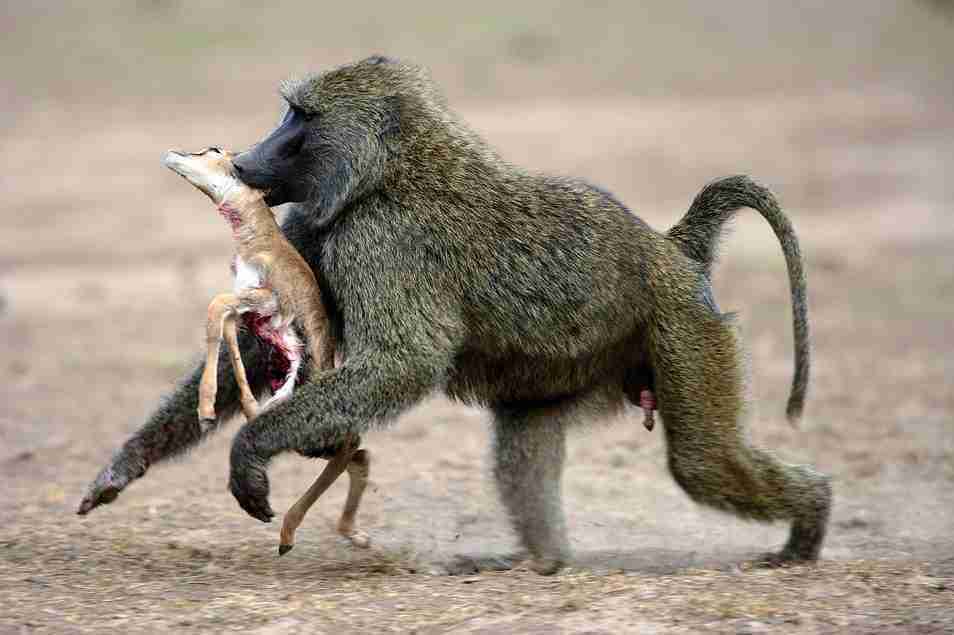
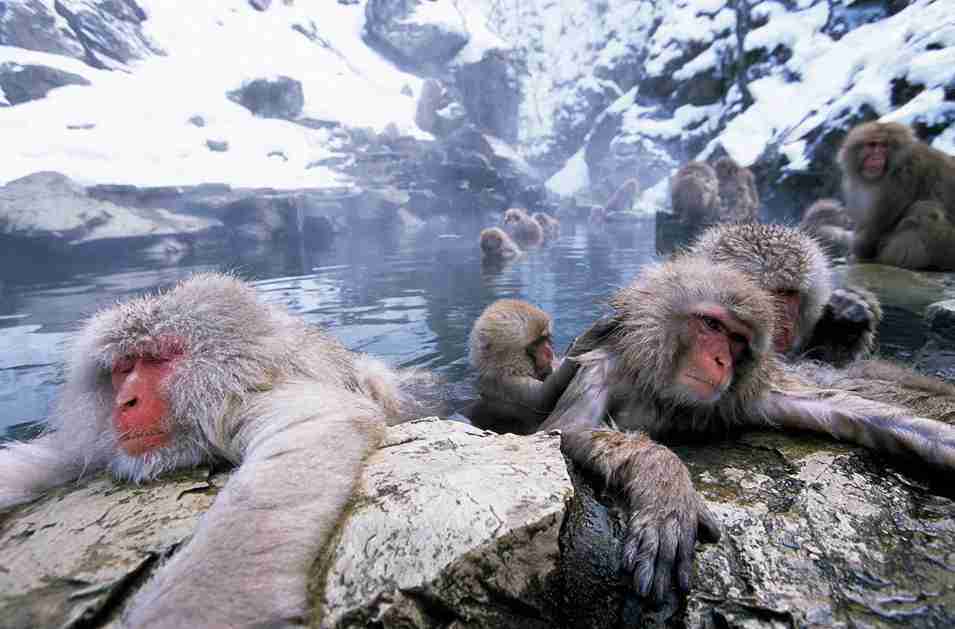
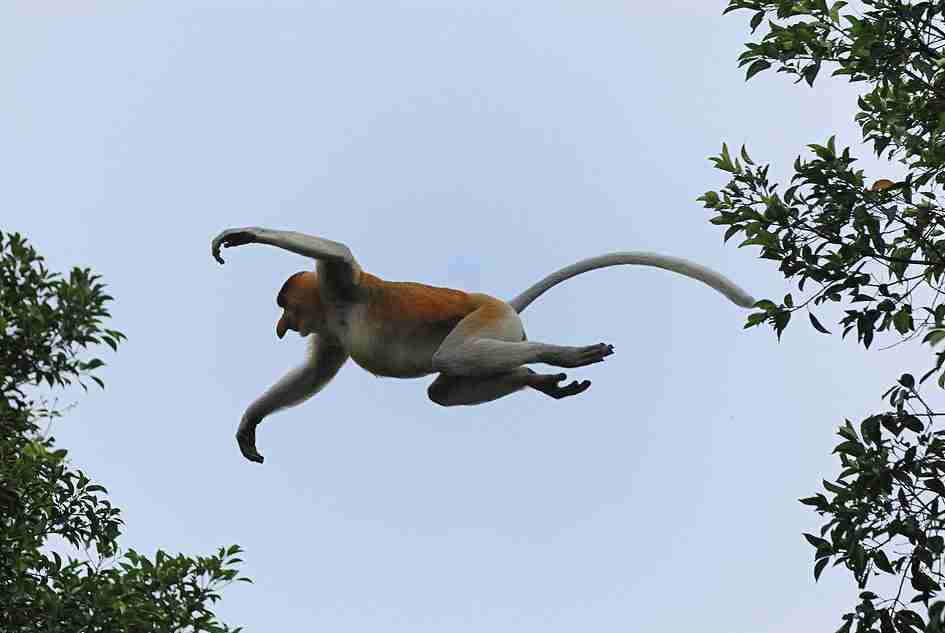

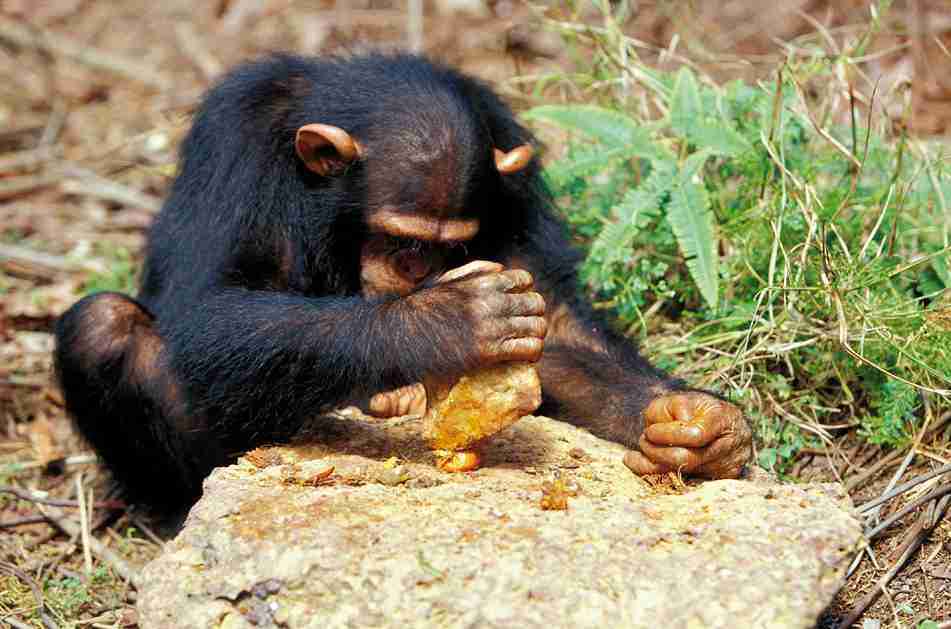
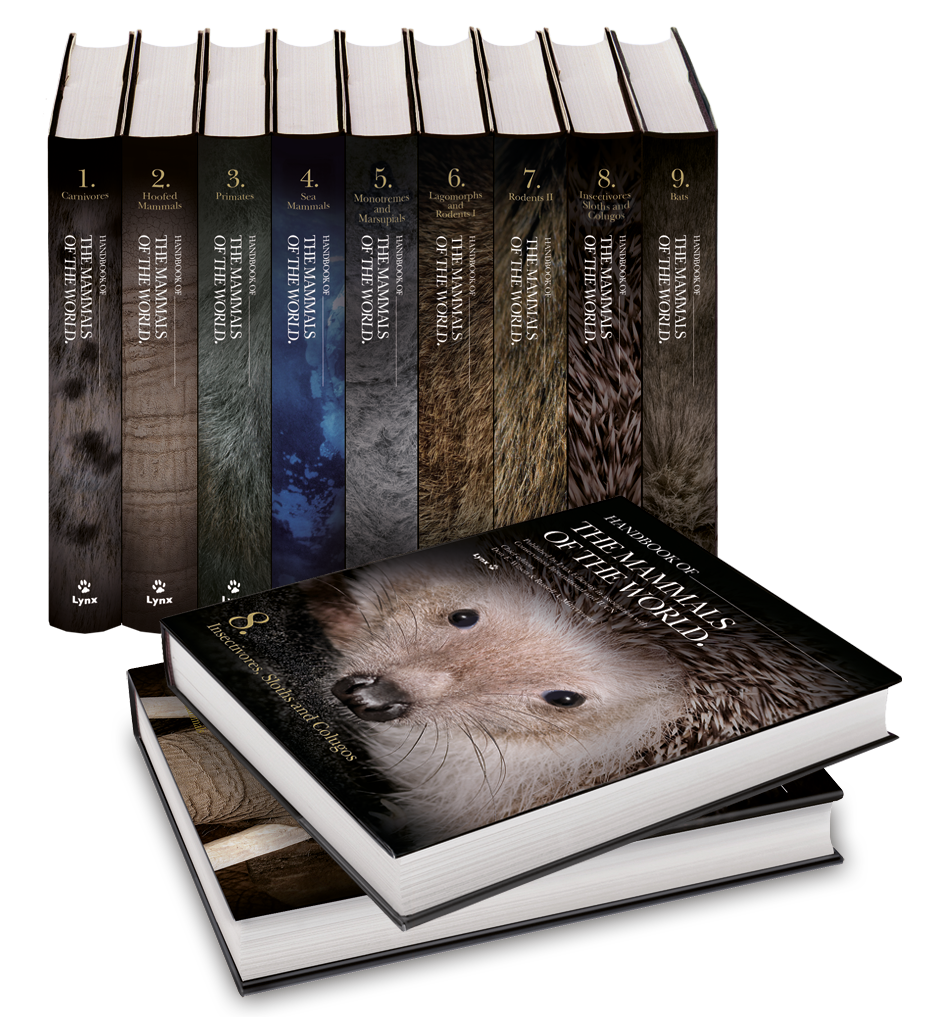
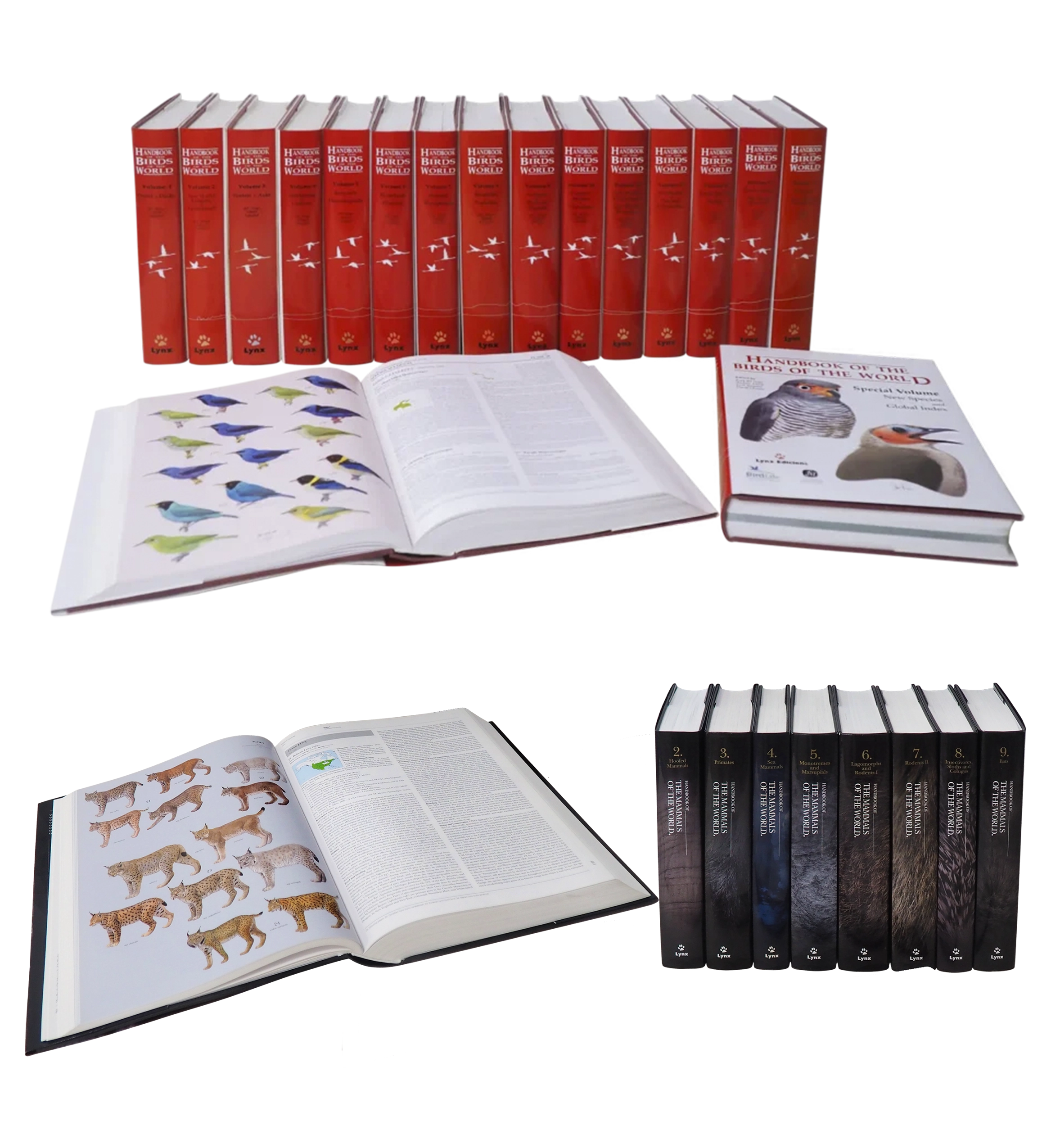
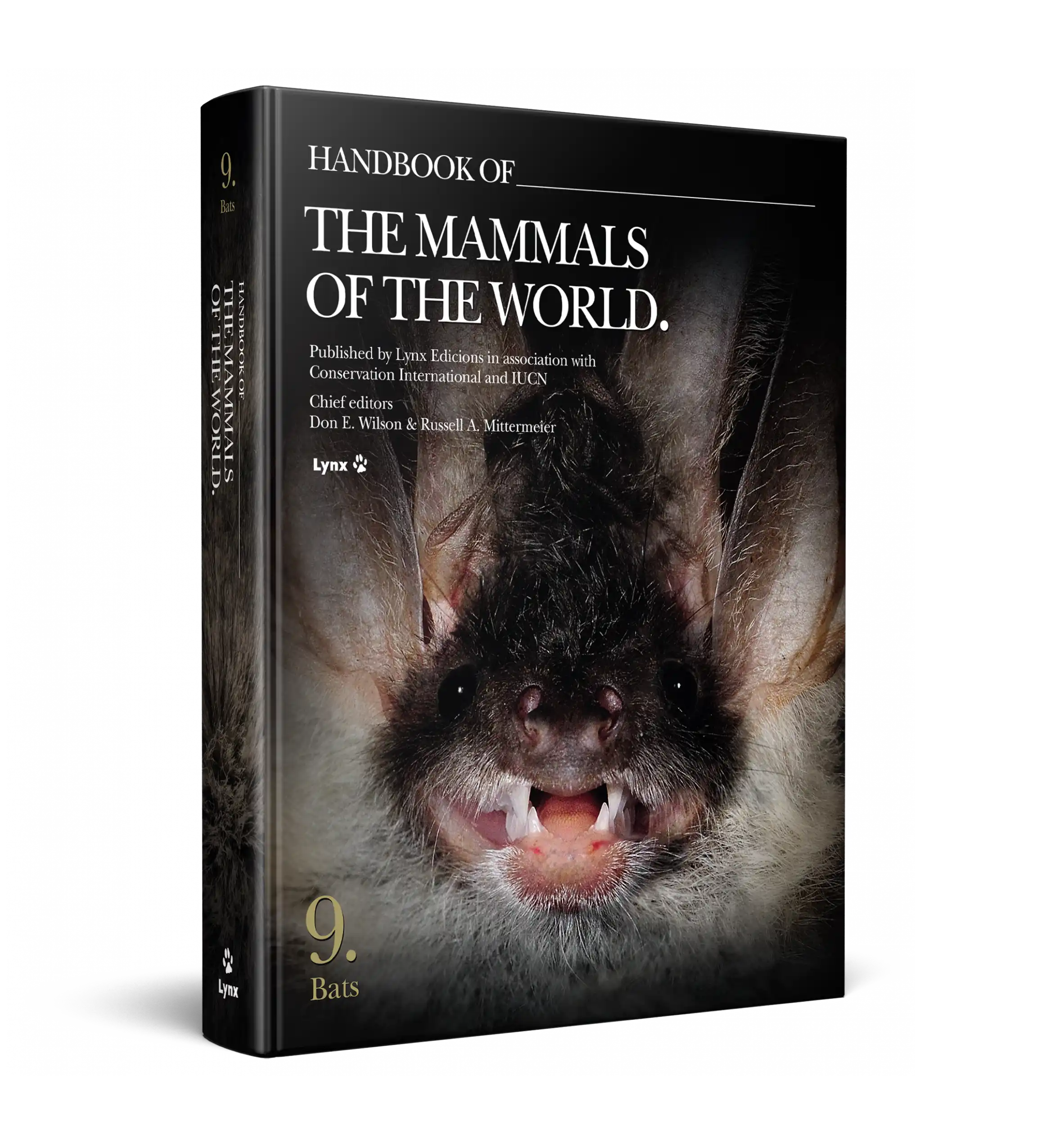
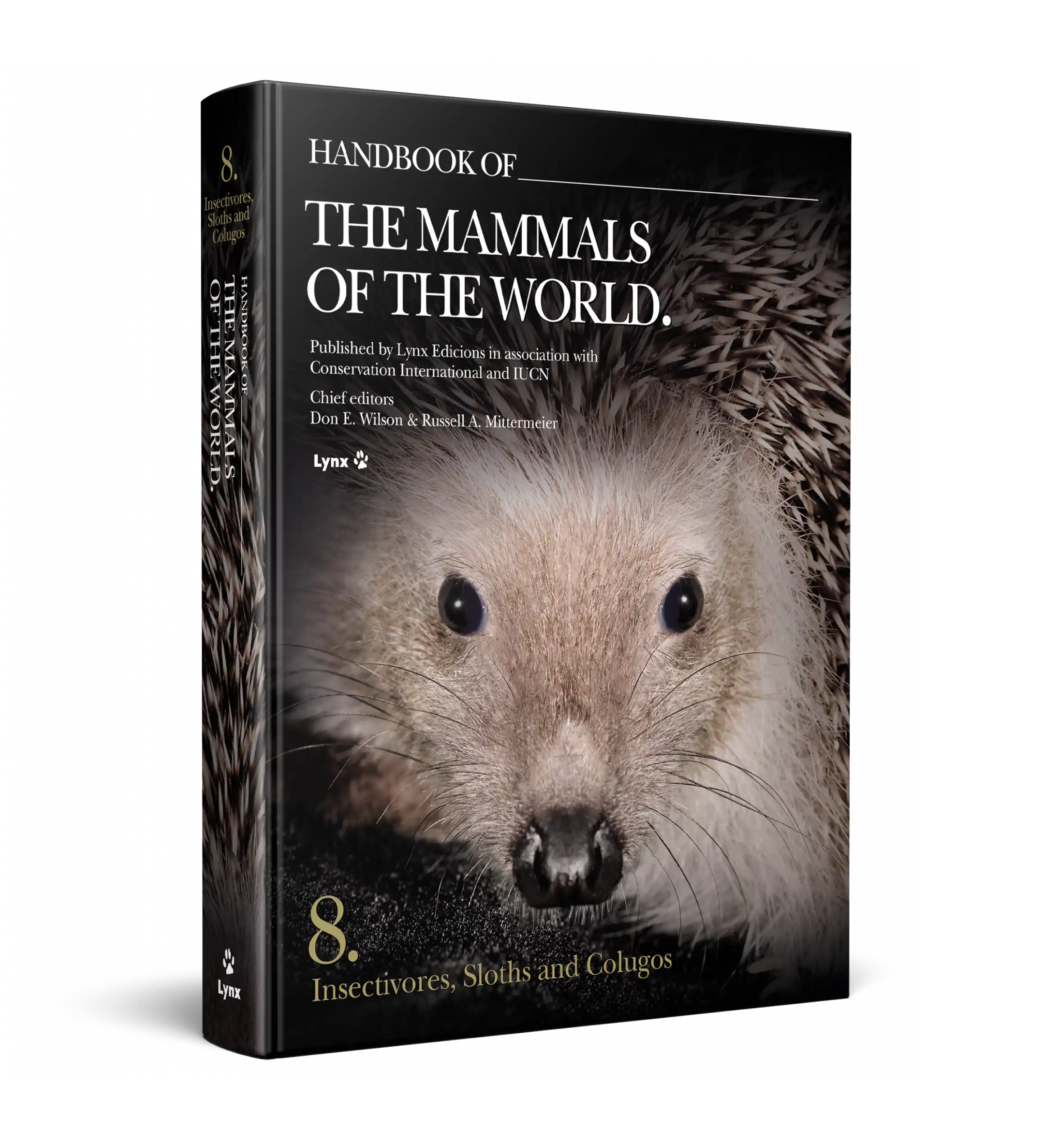
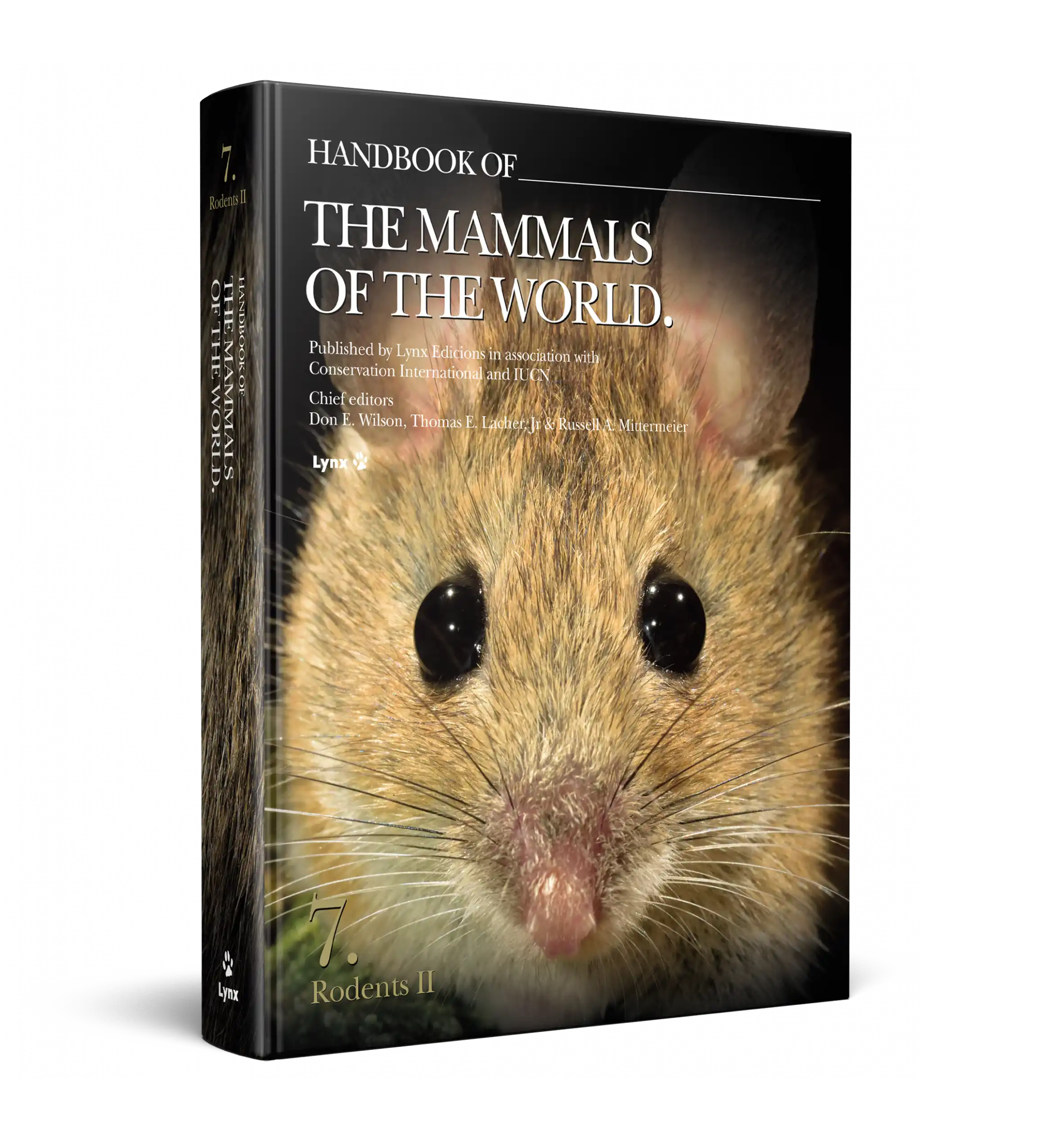
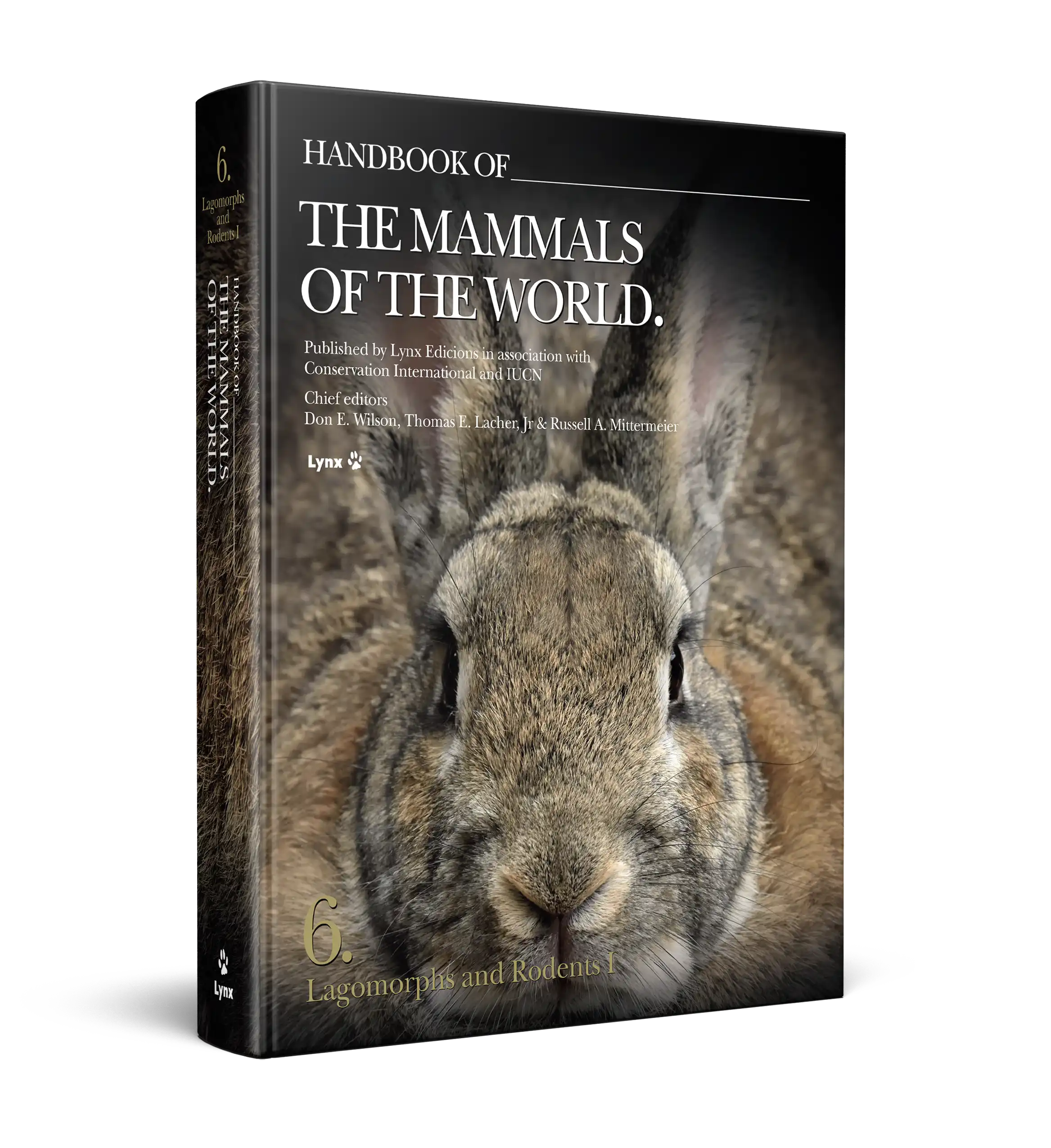
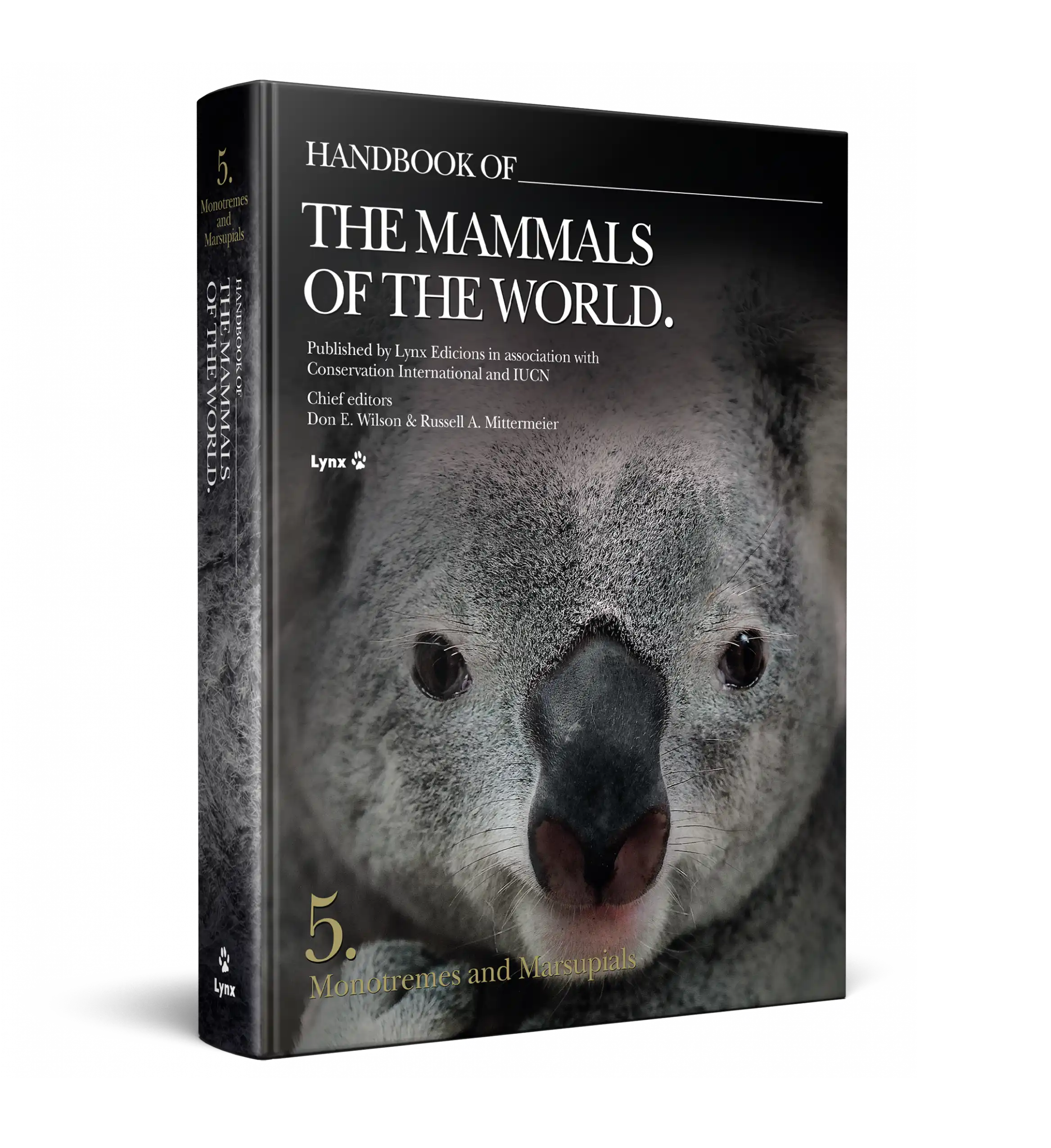
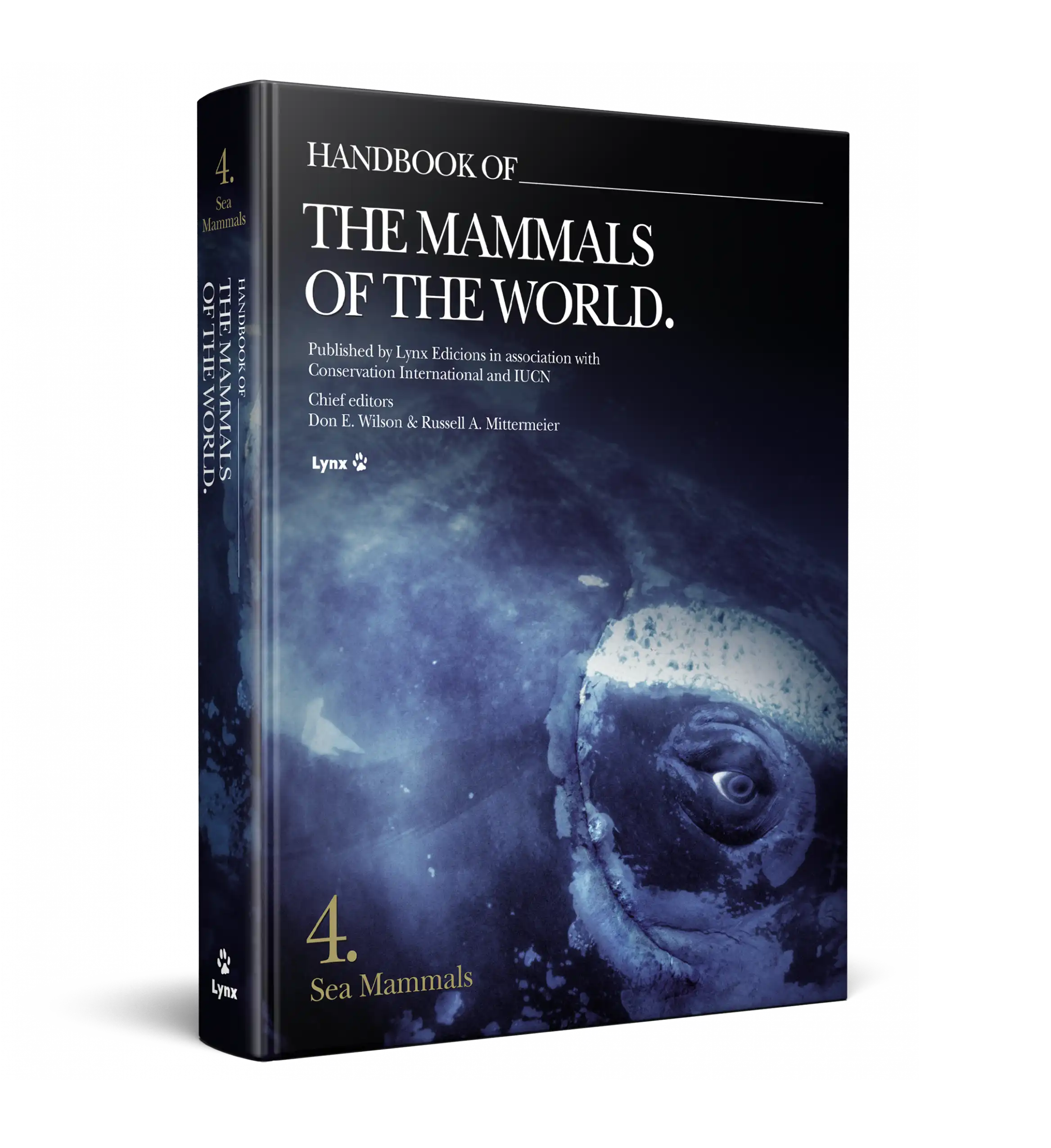
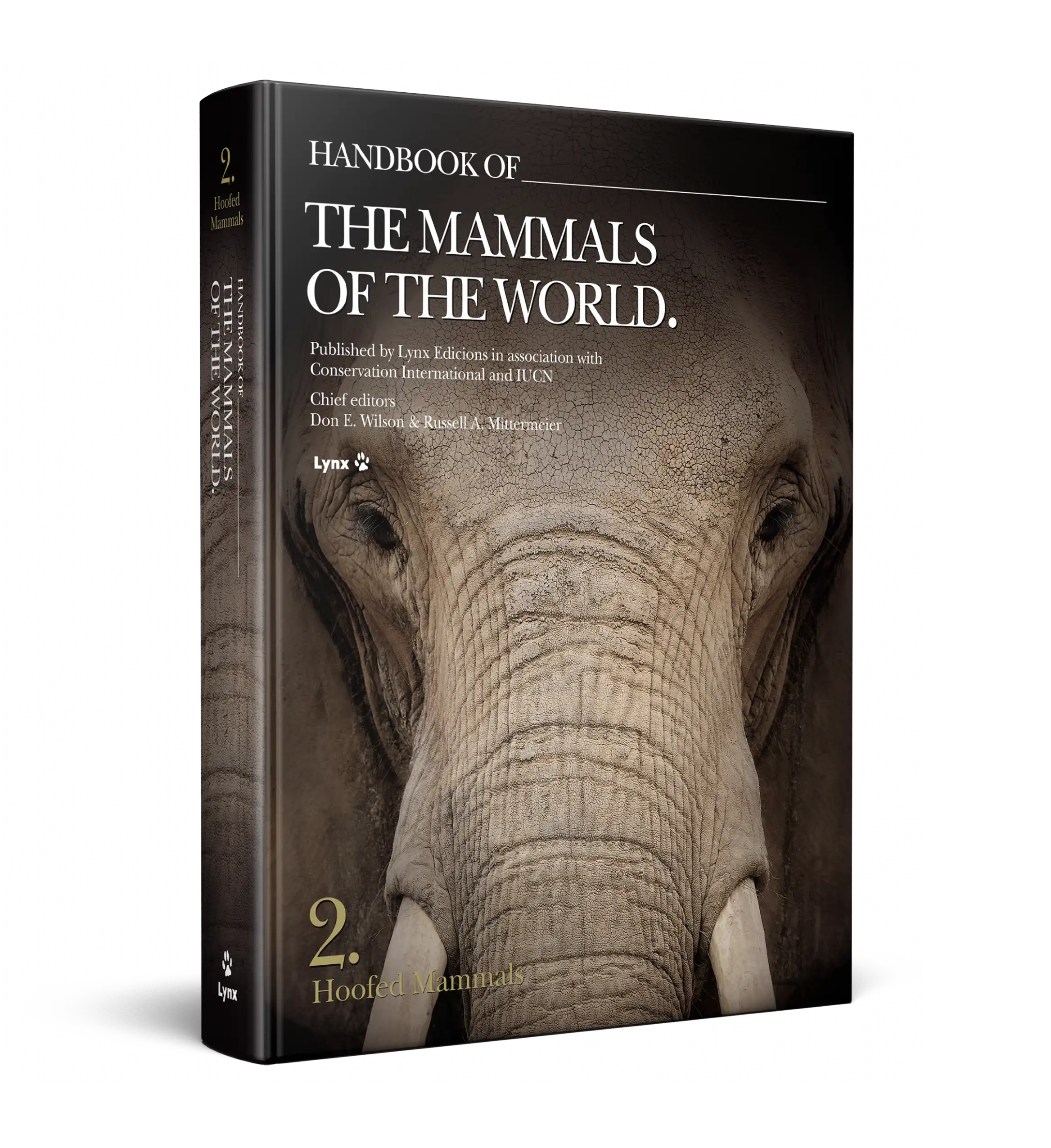

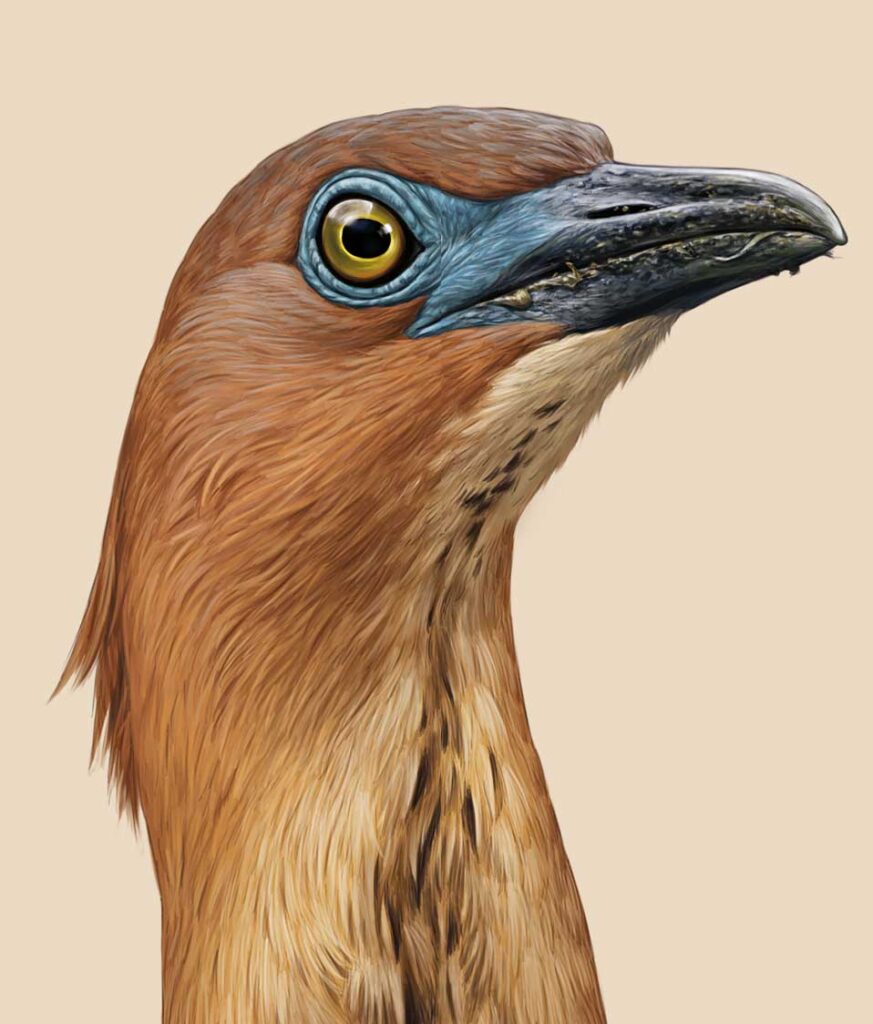
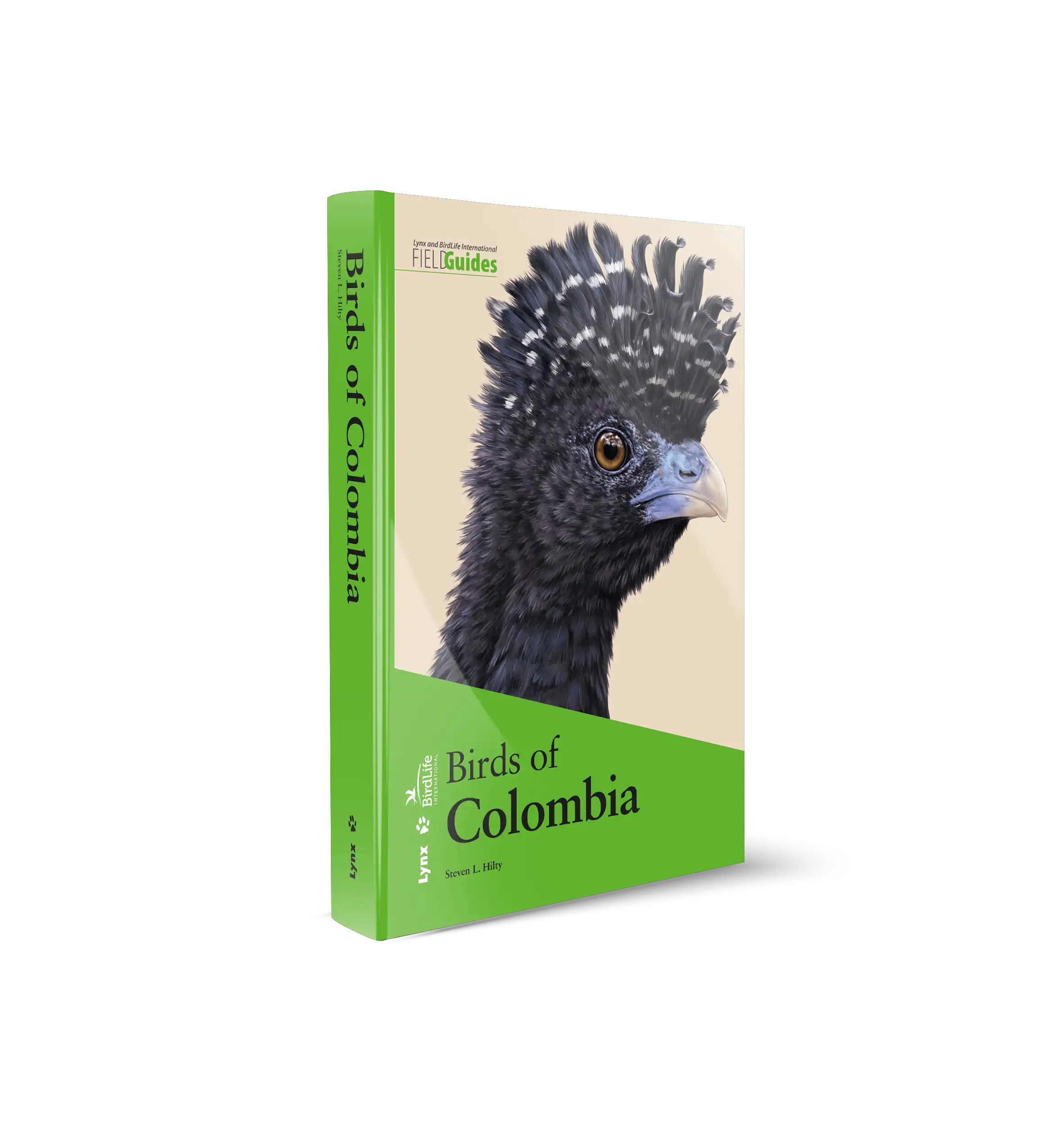
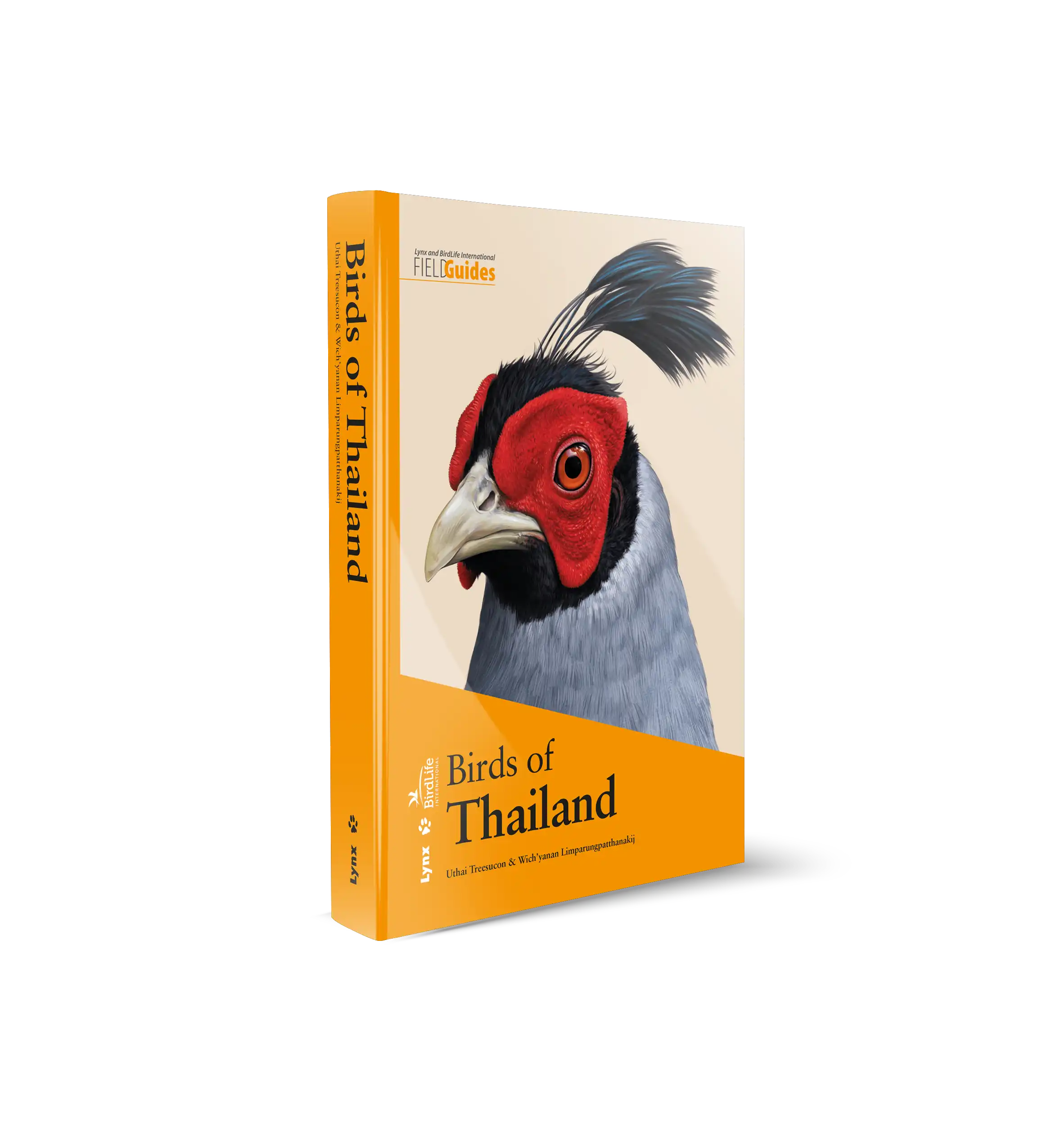
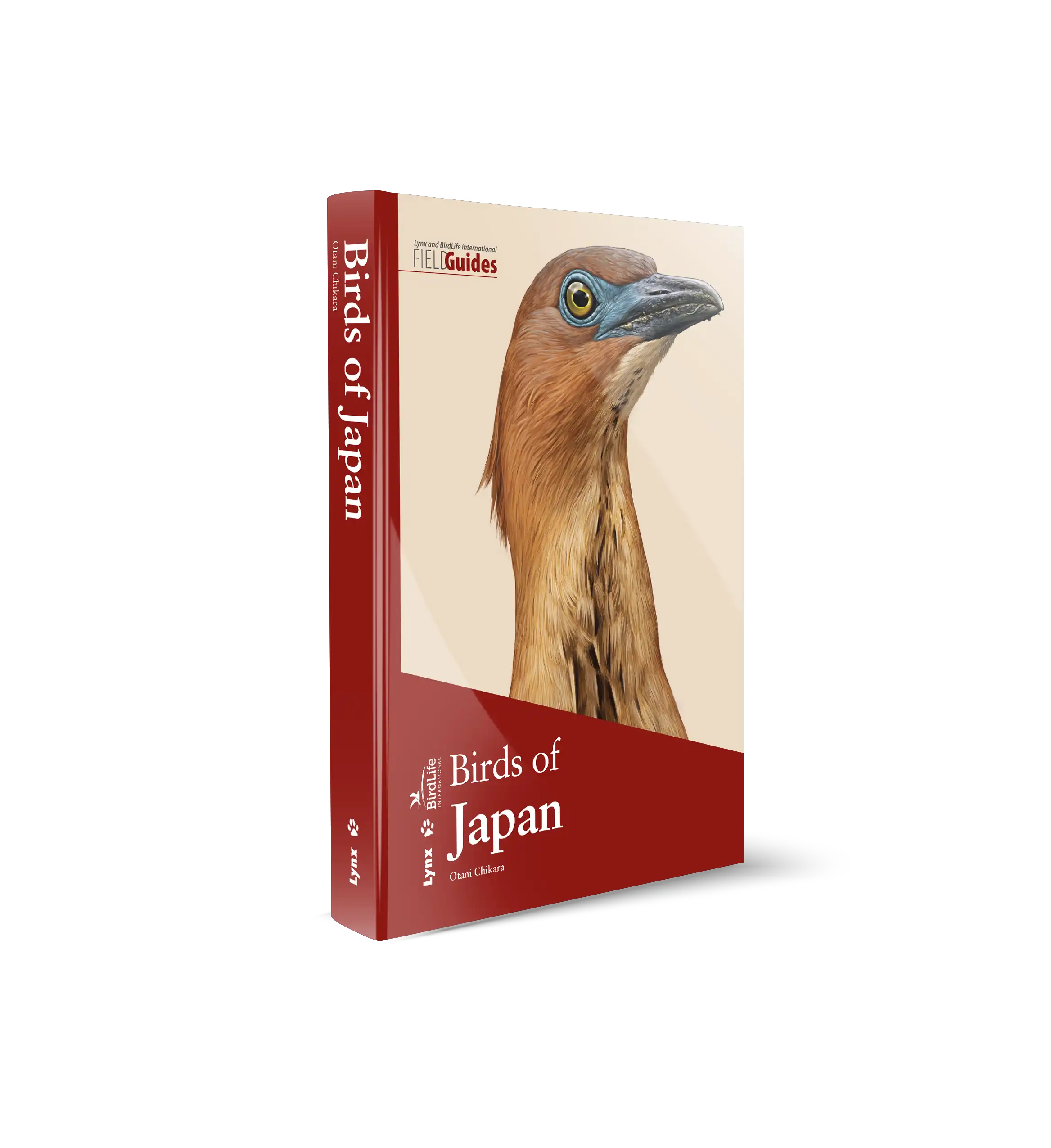








 Copyright 2026 © Lynx Nature Books
Copyright 2026 © Lynx Nature Books
Gehan de Silva Wijeyeratne –
This is a monster of a book at 951 pages. The third volume in the Handbook of the Mammals of the World (HMW), it follows the general format set by the previous two volumes. But it impresses more than for just its size. It is a standard-setting book which becomes a new essential reference. It has the hallmarks which distinguished the two previous volumes of having family text written in an accessible style drawn from a comprehensive survey of the published literature combined with a stunning collection of images and a good design layout. Very few books manage this combination of being authoritative, yet accessible; of being a benchmark resource but yet with popular appeal.
Given its size and weight, this is not a book no one will ever think of taking along on a trip. Field Guides to a country or region are what wildlife travellers will take with them. But I can envisage keen primate enthusiasts reading relevant family chapters before a trip. I would for example be certainly be reading the accounts on the Lemurs before a trip to Madagascar.
Fifty-three of the world’s leading primatologists have authored the text. Many of them are familiar names from the literature. Some time ago, I had the pleasure of working with one of them (Professor Anna Nekaris) on a guide to the Primate of Sri Lanka. Despite the huge numbers of authors, the text is consistent in style. All of the plates which illustrate every species of primate have been drawn by Stephen Nash, which is a remarkable achievement. In the second paragraph of the introduction by Russell A. Mittermeier, we learn of the story behind Nash and Anthony B. Rylands (one of the three editors with Mittermeier). Their work on primates stretches back a few decades. I first heard about Mittermeier’s work in relation to his efforts towards conservation when I attended evening classes at Birkbeck College. I suspect many readers are aware that he is a legendary figure in Zoology. The partnership with Josep del Hoyo’s team to produce the HMW has brought together people with huge ambition and a vision to create a series where each volume is breath-taking in what it represents of human endeavour in science.
I have worked on several photographic field guides and I know only too well how even the smallest of books takes a huge amount of effort, typically spanning at least a few years. Books like this volume are epic in scale; a giant collaborative effort combing science and a design sense to celebrate humanity’s thirst for knowledge. Primates imprinted on me early. One of my earliest memories, perhaps when I was just a few years old was my mother carrying me and showing a family of Hanuman Langurs snuggled together with a baby in the arms of the mother. Such is our shared genetic heritage and behaviour, it is hard not to be captivated by primates. Every page in the family accounts in the HMW is absorbing. With the volume on primates, I can dip into any paragraph and be captivated.
This publication recognises 16 families of primates. The introduction includes a table summarising the families, genera, species and taxa by region split across prosimians, monkeys and apes. A total of 681 taxa in 479 species. The book is underpinned by modern work done using molecular phylogenetics which has unearthed cryptic species. The generous word count available in a book of this size makes it especially useful for people like me who write field guides to use it as a starting point to get up to speed with current taxonomic thinking. For further reference, over 8,000 bibliographic references are provided in the end sections. The introduction provides an excellent overview, a world tour of primates in around 8 pages. I was saddened to be reminded that in Madagascar where new species of lemur continue to be found, the island has lost 90% of its original forest. Nevertheless, having grown up in Sri Lanka, I know that despite what has been lost, so much still remains in the precious little that is left.
The family sections begin with a shaded text box which has a facts at a glance summary and a world map showing distributions. The text follows standard sections with headings for Systematics, Morphological Aspects, Habitat, General Habits, Communication, Food and Feeding, Breeding, Movements, Home Range and Social Organization, Relationship with Humans, Status and Conservation followed by a general bibliography.
The headings may sound a tad dry, but as I mentioned before, it is hard not to find something interesting in every paragraph. In the very first family account, in the chapter on communication in Mouse Lemurs, we learn about cryptic alarm calls that confuse predators and furthermore that their soft trill call may suppress development of testes in subordinate males. I suspect every reader will have sections that appeal to them more than others. I find the systematics section very useful. This may be partly because I need to understand relationships because I write on natural history and also because understanding evolutionary relationships holds an intuitive appeal to me. The langurs found in India and Sri Lanka have been the subject of multiple taxonomic views and not surprisingly that particular systematics section was one of the first I looked up. In many cases, the book makes it clear that the evolutionary relationships are far from settled and further revisions are likely. I can imagine almost every primatology student would find this book a useful primer before setting off on field work to study primates with whom they have no prior familiarity.
The family accounts are followed by species accounts with a plate leading the way for several pages of text which are in smaller font and provide concise text arranged under various standard headings. These are in a style that is designed for reference rather than for a pleasurable read. It is clear that once HMW is completed, Lynx Edicions will have the text and images available for various permutations to field guides at country or regional level. These will in turn help to build capacity in many countries which still do not have good and comprehensive field guides to mammals. The plates by Nash depict all species on a plate in the same posture to allow ease of comparison. As a result they look like ‘technical ‘drawings. On first impressions they may seem a bit dry as they are not about showing how beautiful the animals are nor are they intended to create a plate that is lively. But the almost stylised style is very effective in what it intends to do. Plates 45 (colobus monkeys) and Plate 47 (langurs) struck me as having an almost ‘art poster’ quality to them.
I only have a minor criticism of the book which applies to the series as a whole. The covers could have been more colourful to celebrate the diversity of mammals; the images chosen are dark and brooding. Although, I should comment I have noticed a change in design direction by Lynx Edicions with more attractive covers in a series of bird field guides that have been launched by them more recently. Another concern for which there is no easy answer is the size and weight of the book. I can see why the publisher wants to produce a landmark volume such as this which is fairly self-contained within a single volume. Unfortunately, this means one cannot simply pick up the book and browse through, standing up holding it in your hands. This is a book you need to put down on a table and sit to read it. It is not a book you pop into your day pack to read in a café or on a commute to work.
It’s a magnificent work and one that holds the promise of many more exciting discoveries ahead. For a non-fiction, zoological book, it may surprise you as a book that stirs emotions, sometimes uplifting, sometimes saddening, with its interesting and exciting content for anyone who loves primates. It sets out the task ahead for conservation. We also learn for example that Sulawesi has an extraordinary diversity of tarsiers which are yet to be described. HMW Volume 3, is a guidebook to scientific adventure for young primatologists who have their careers ahead of them.